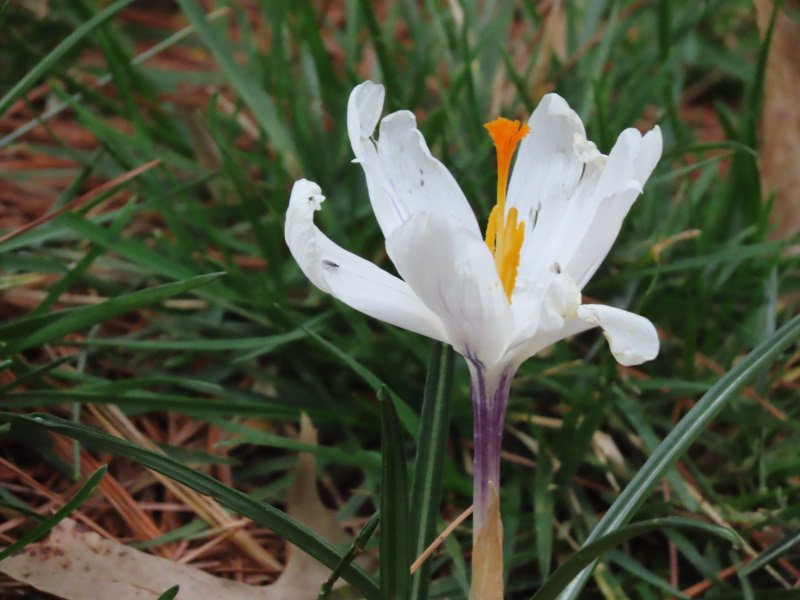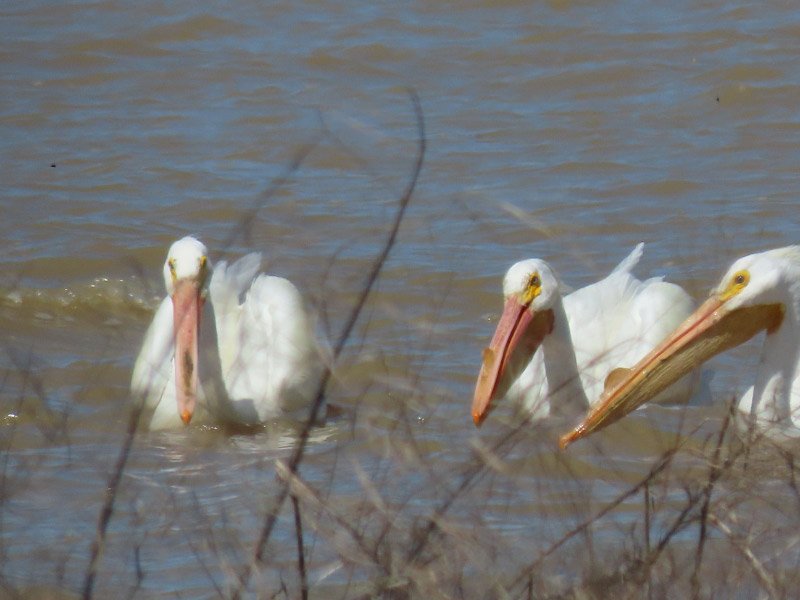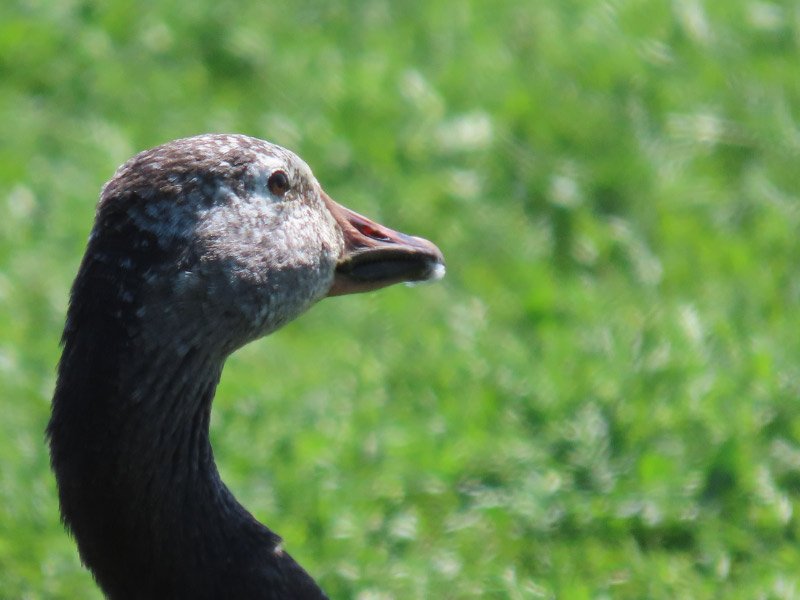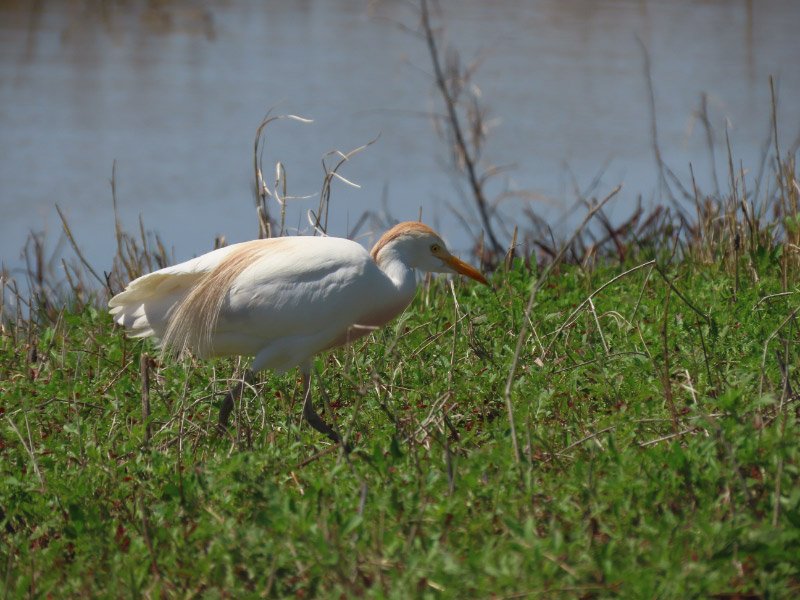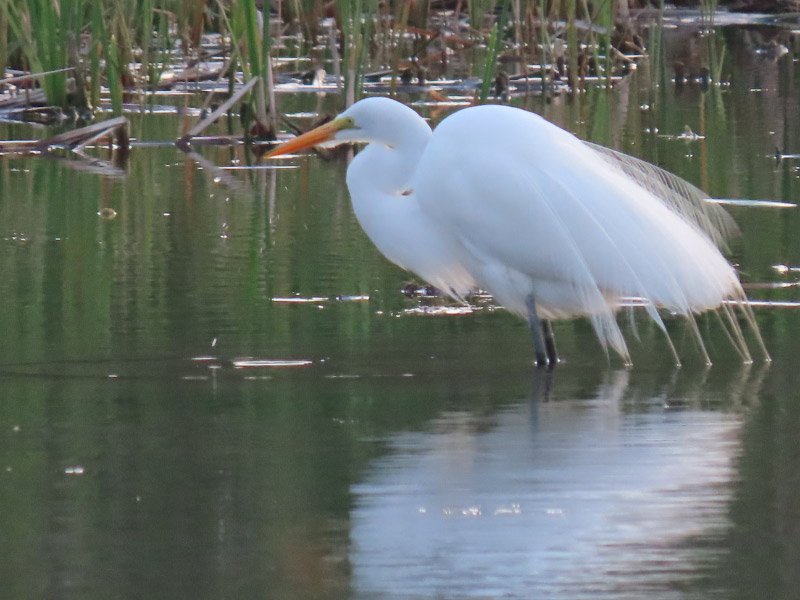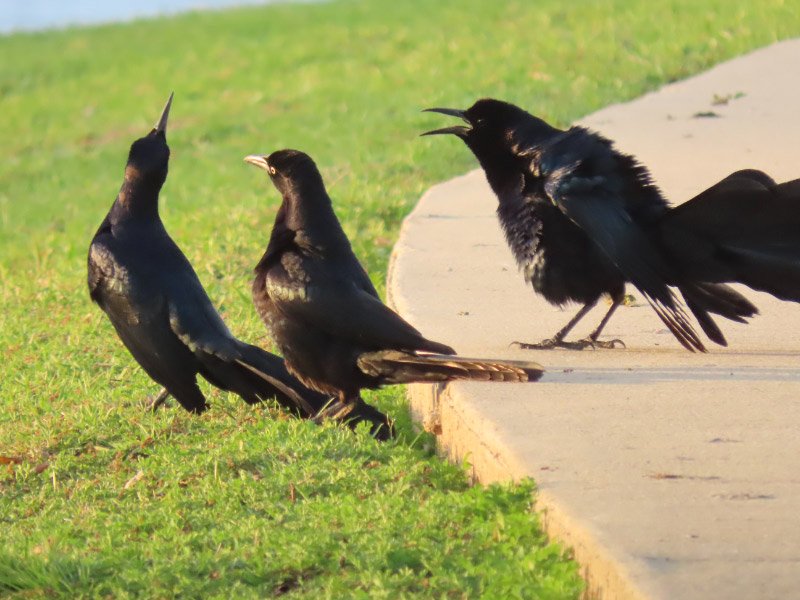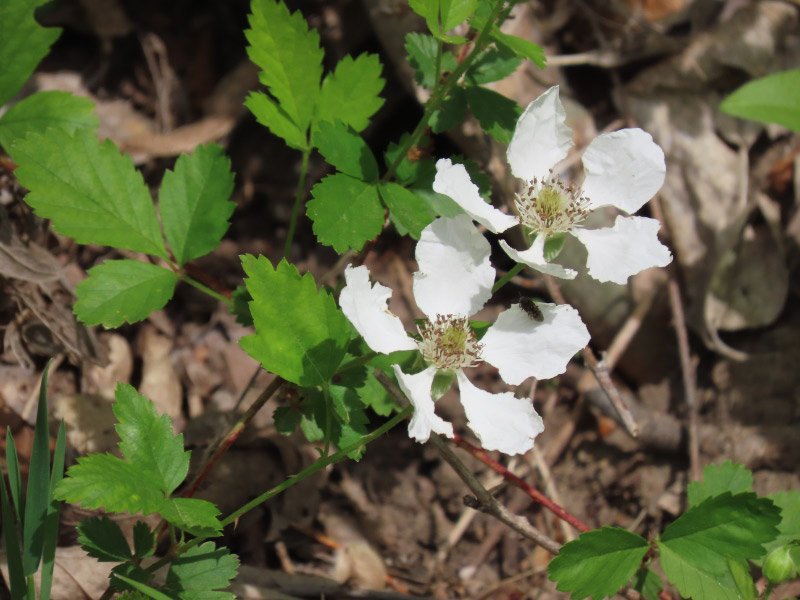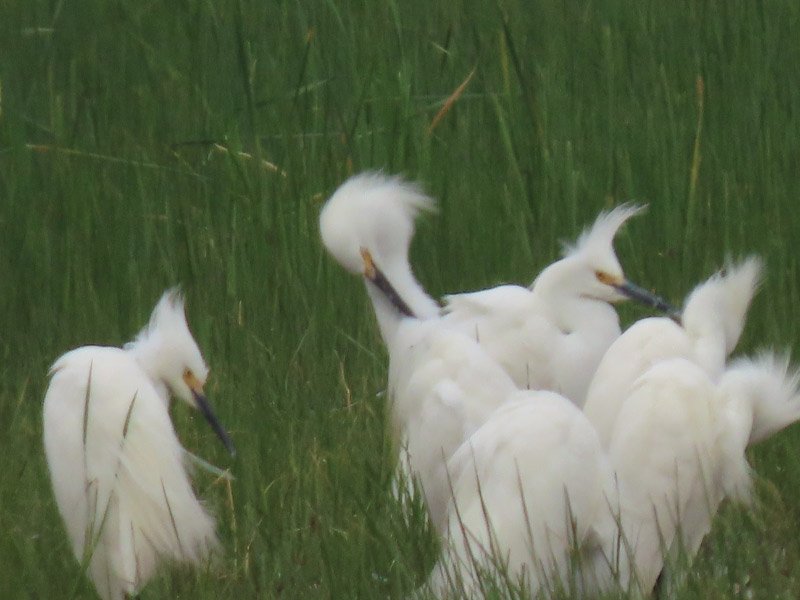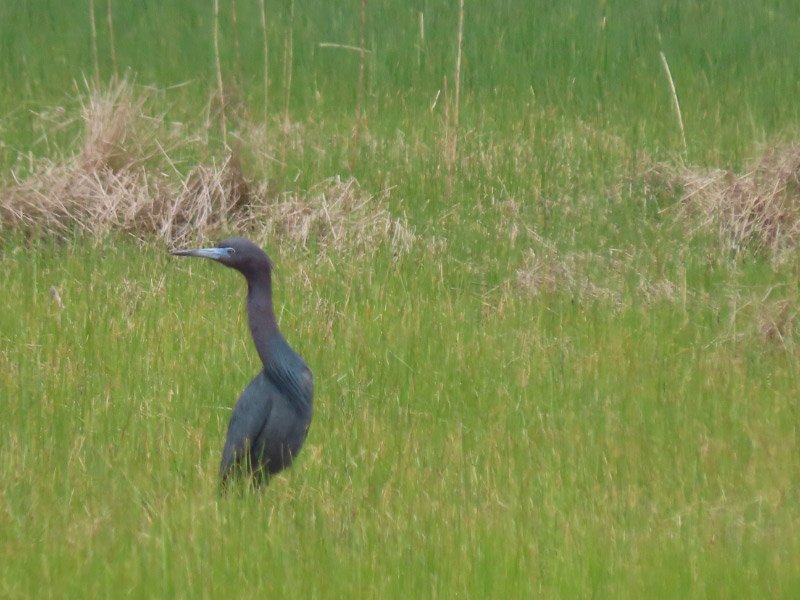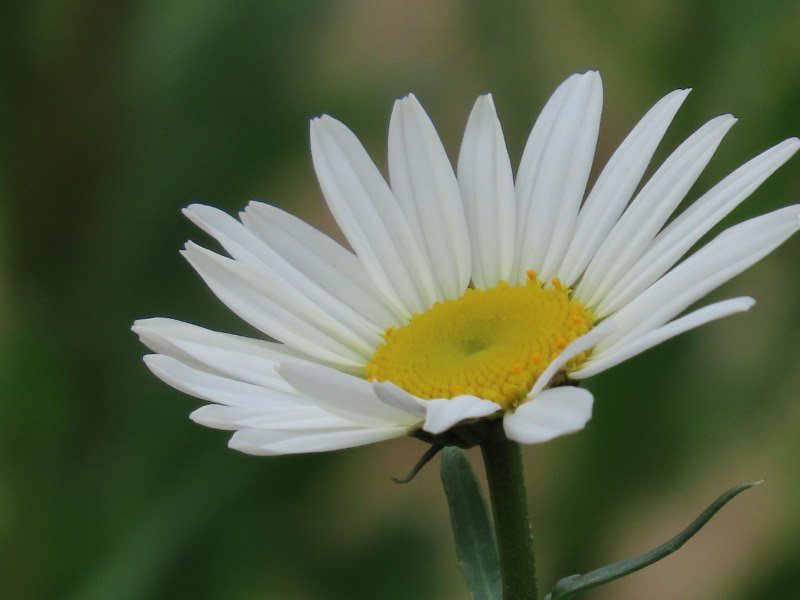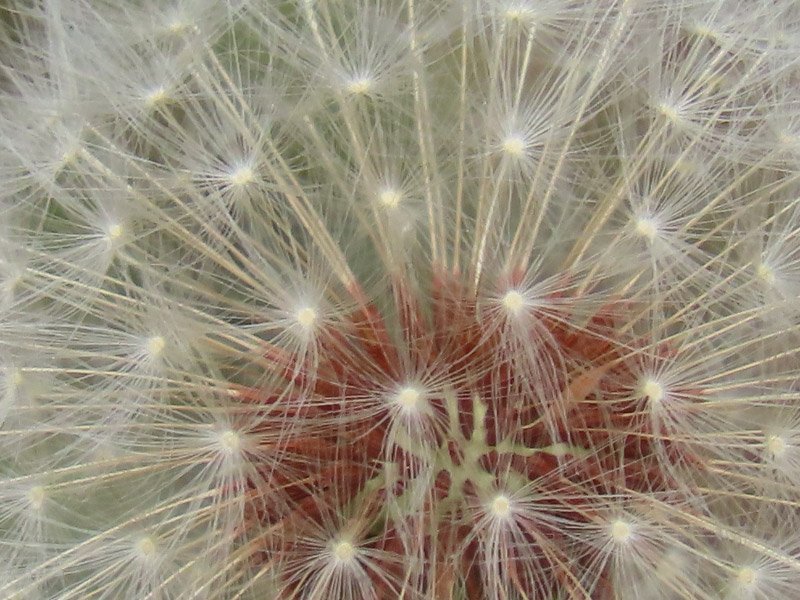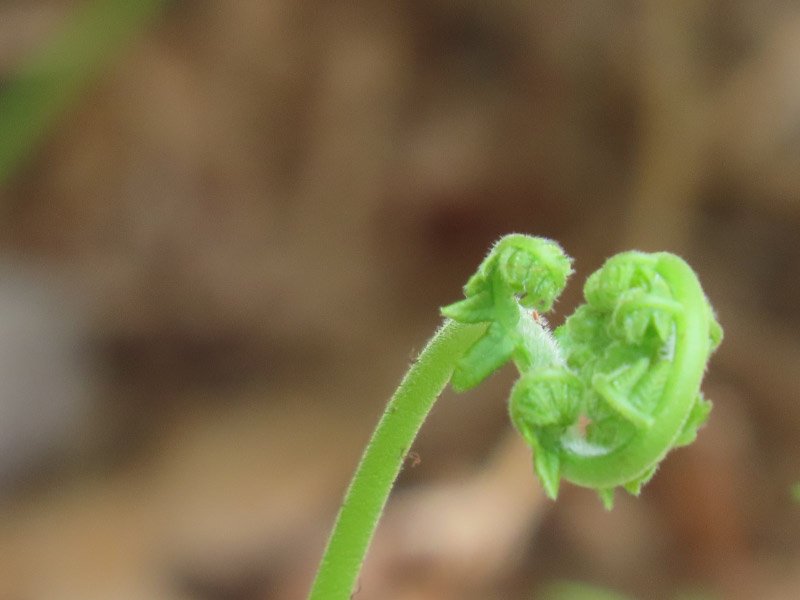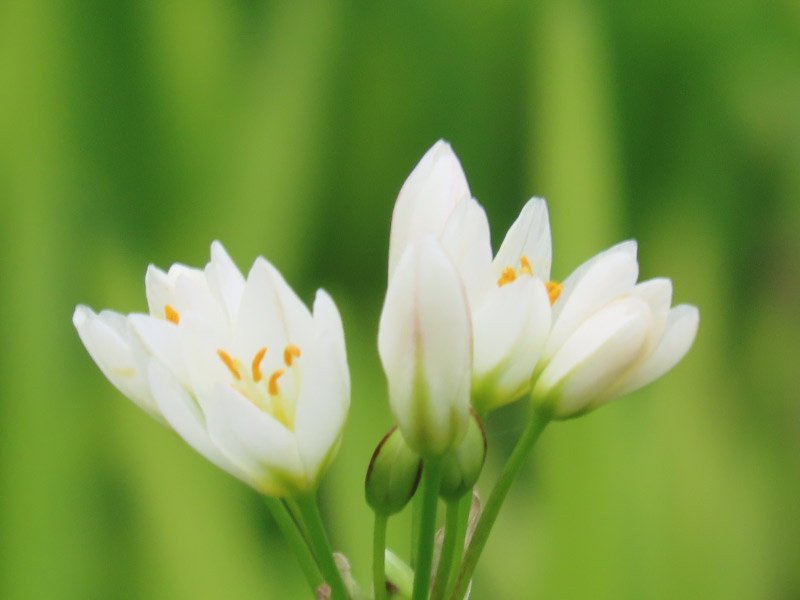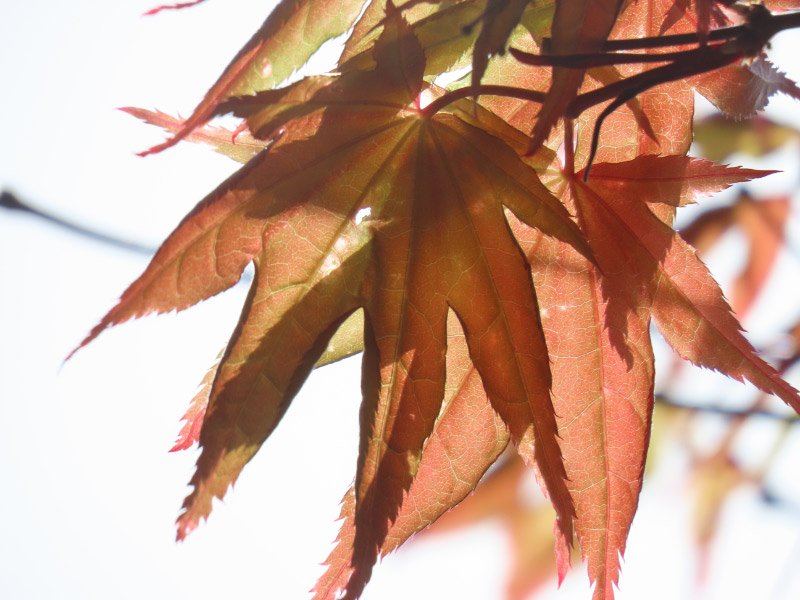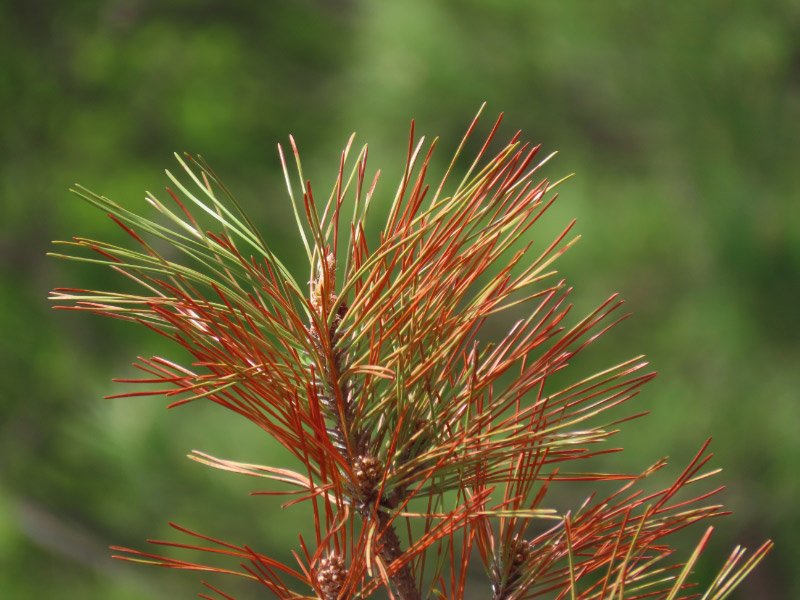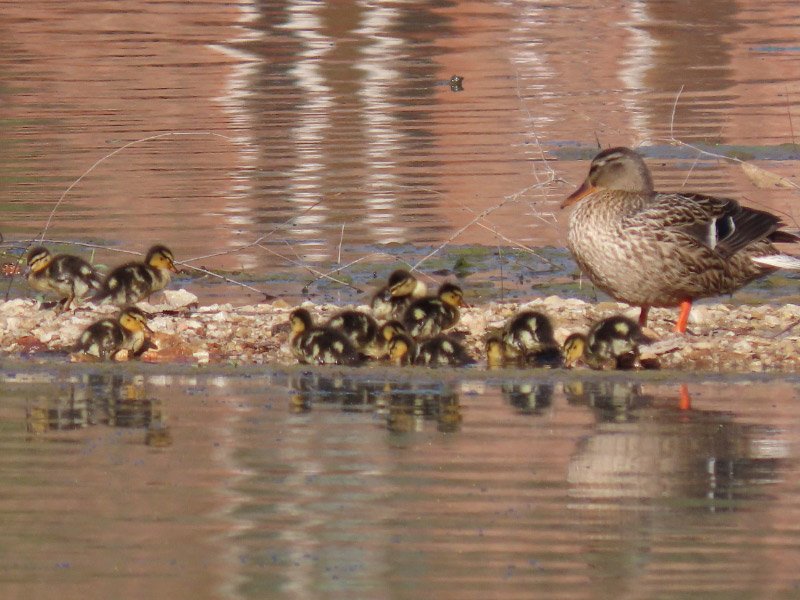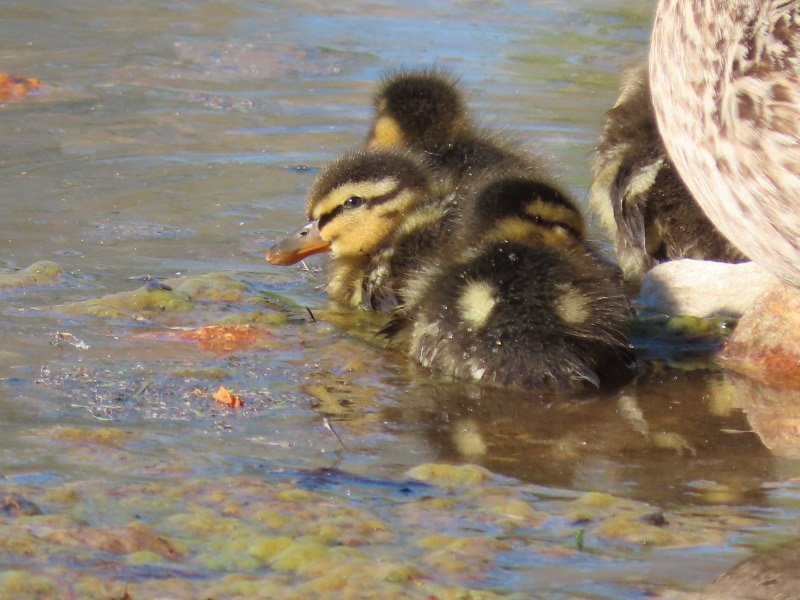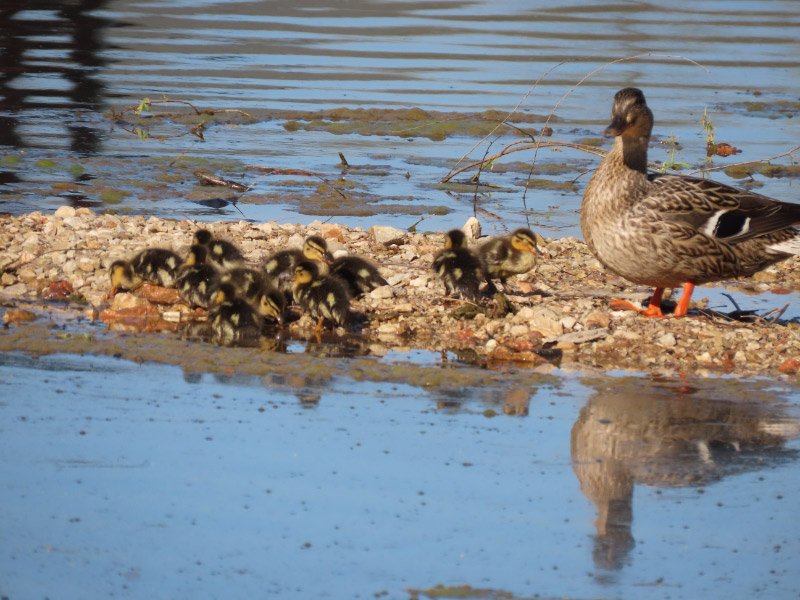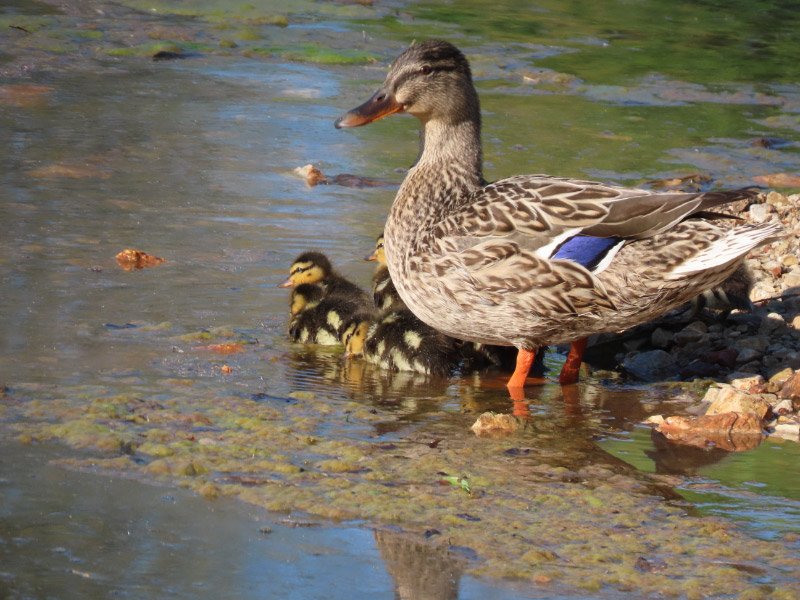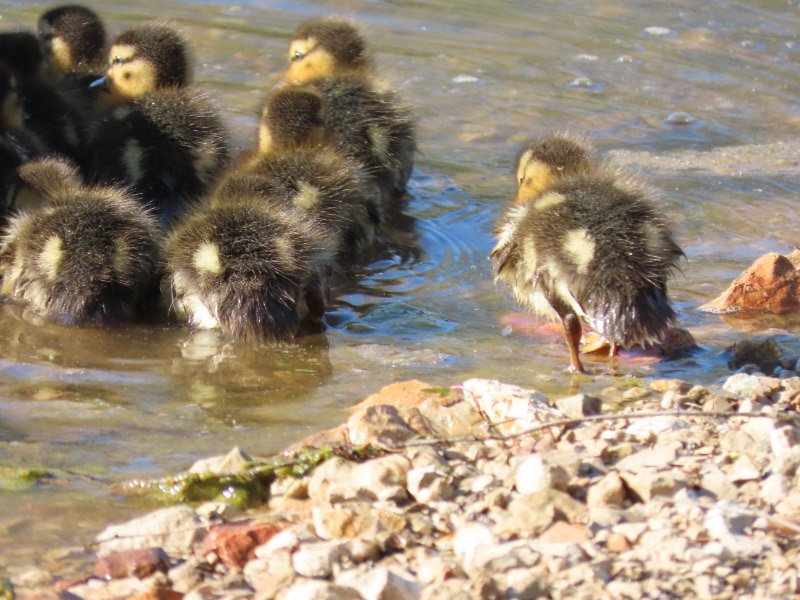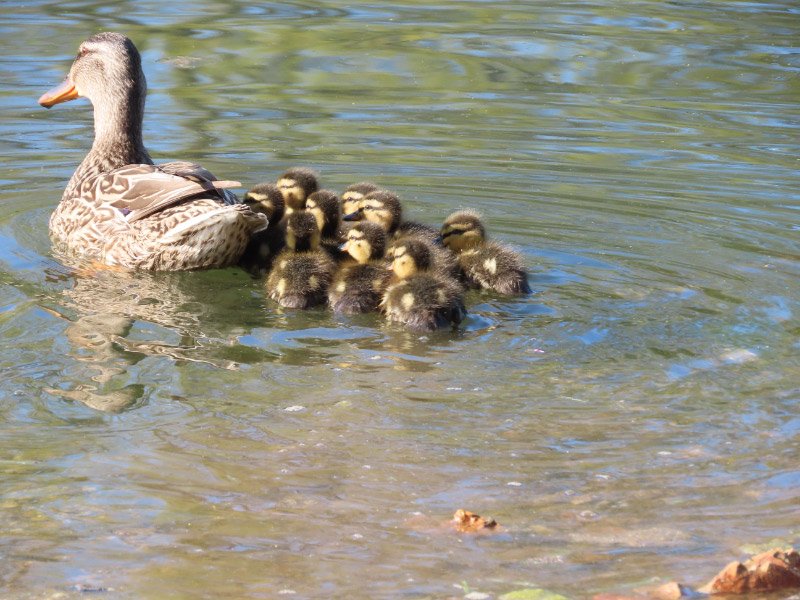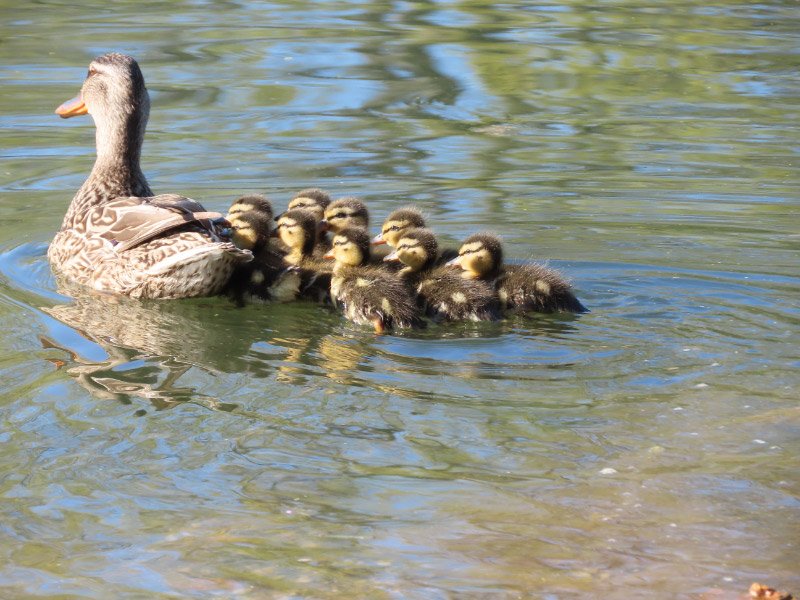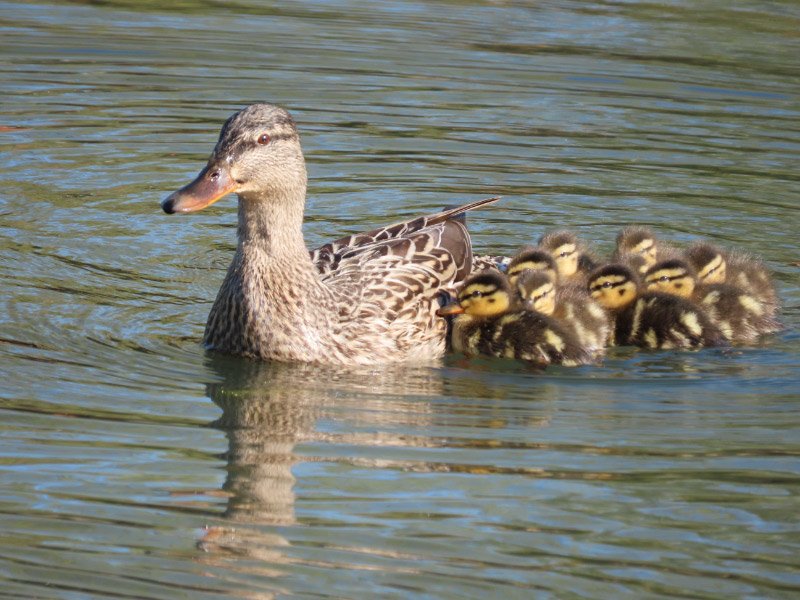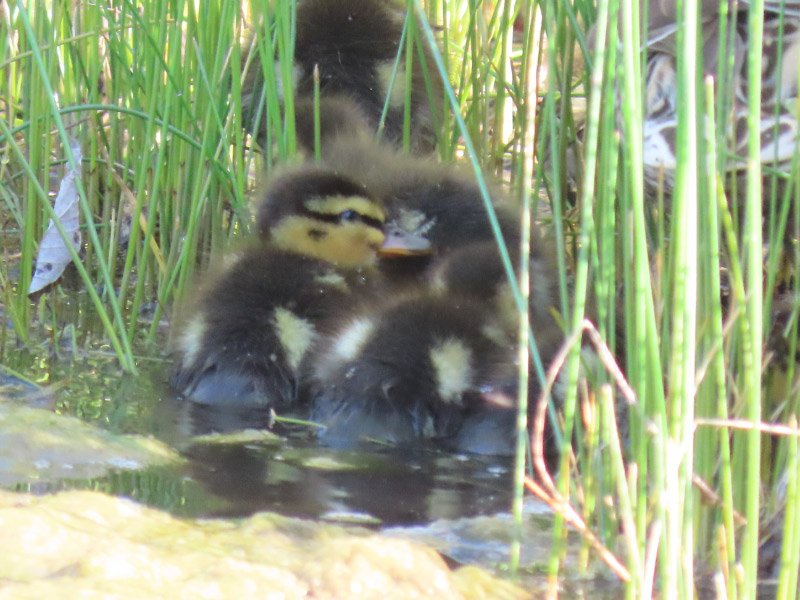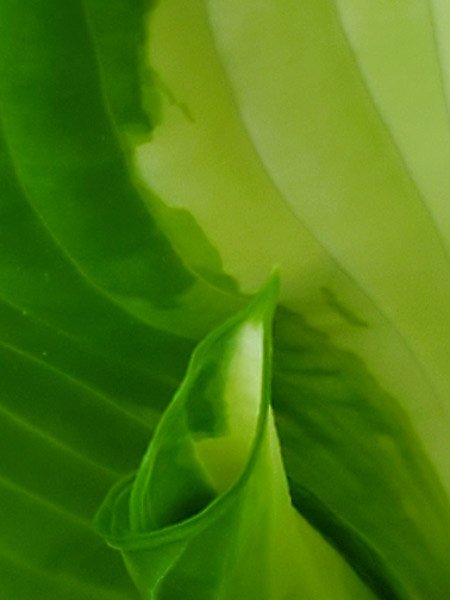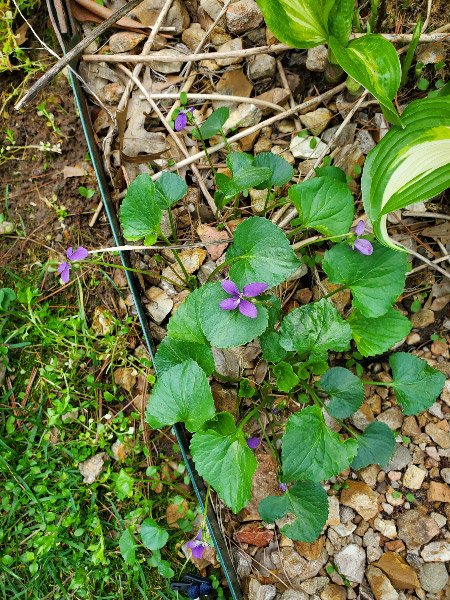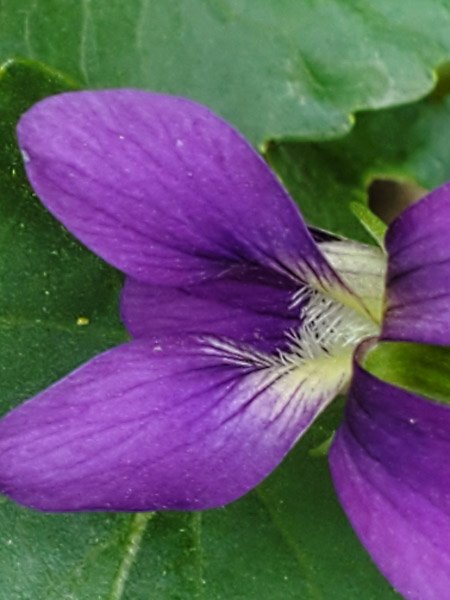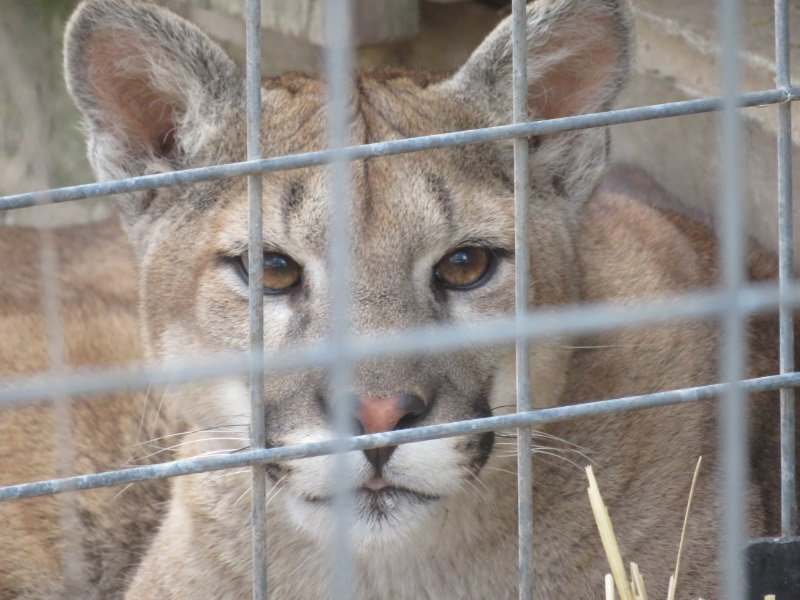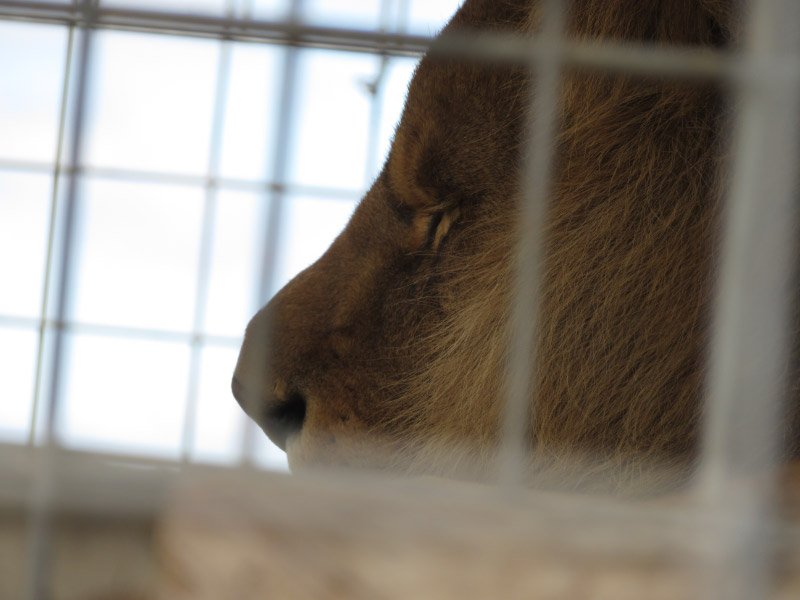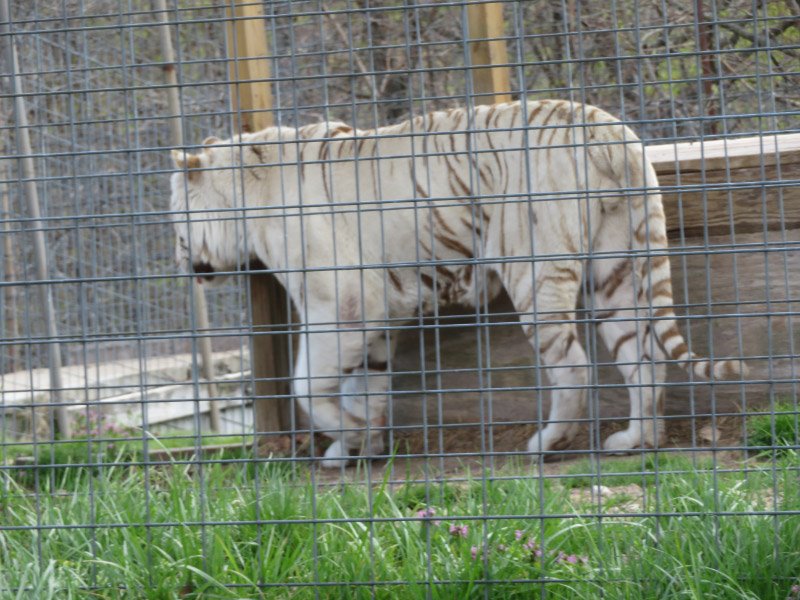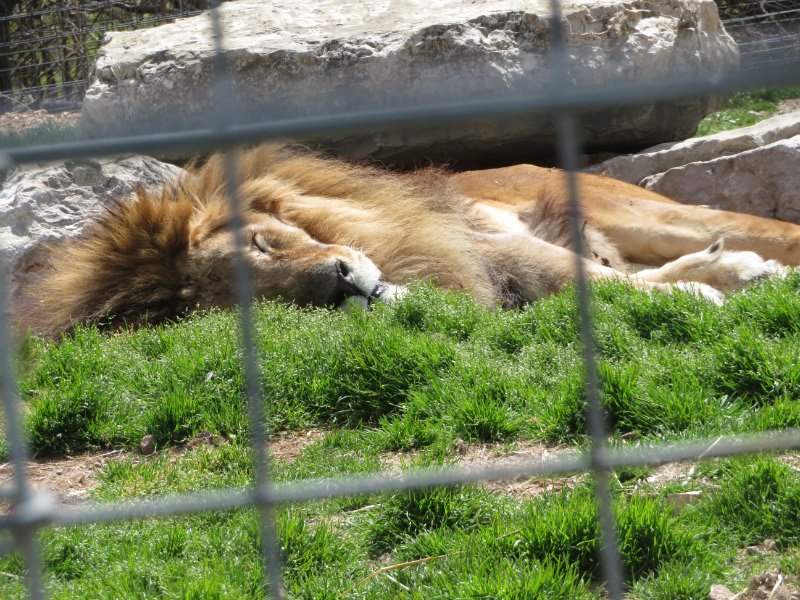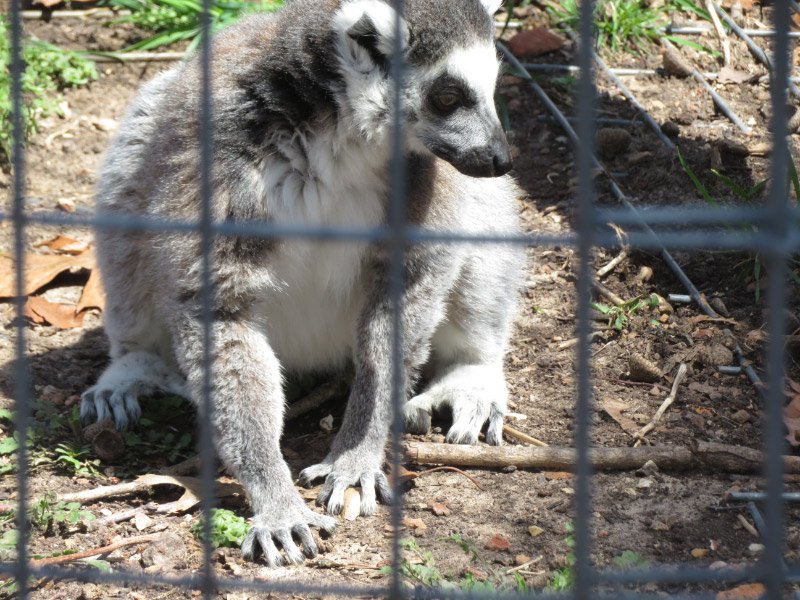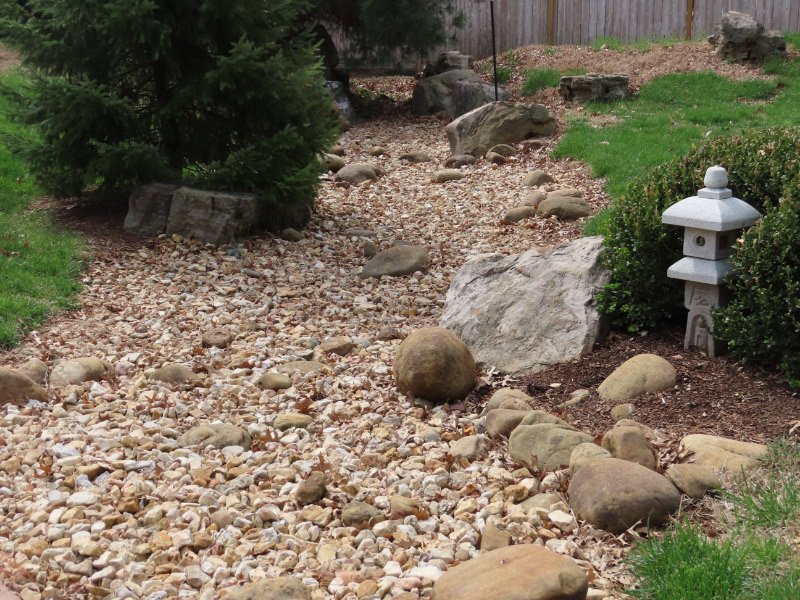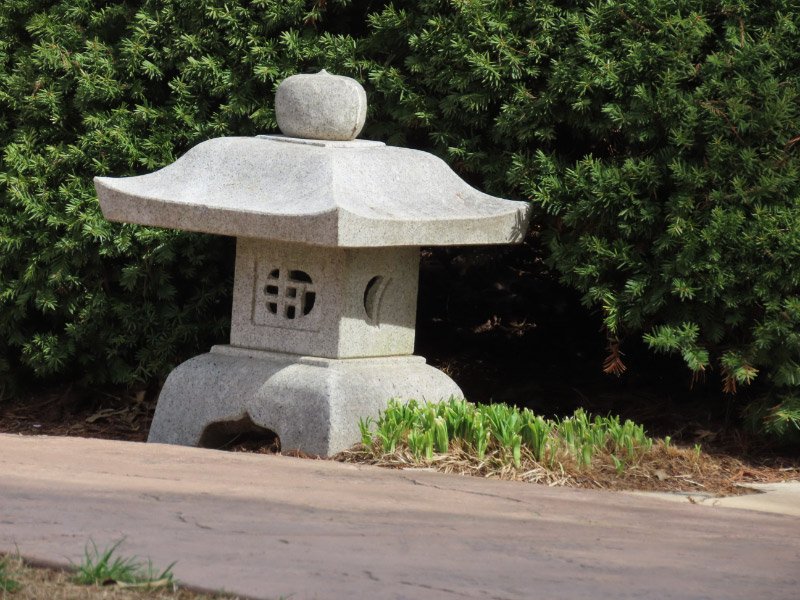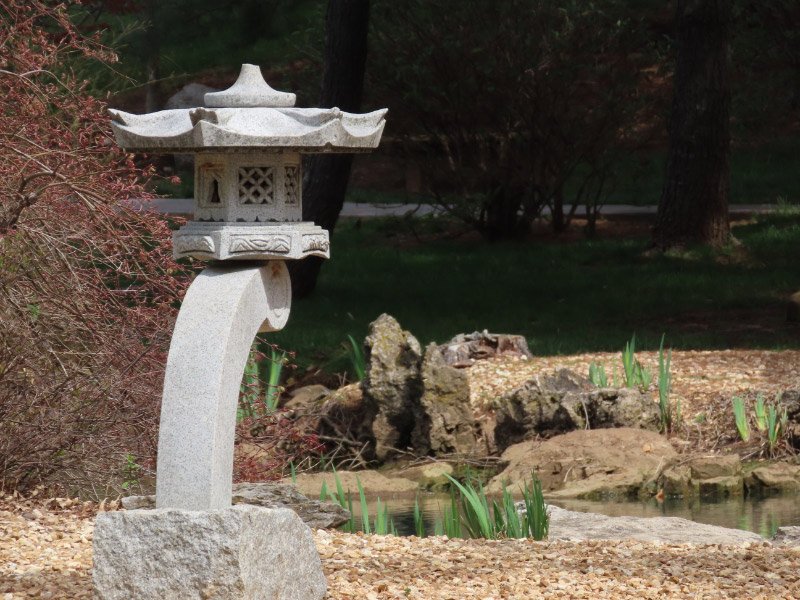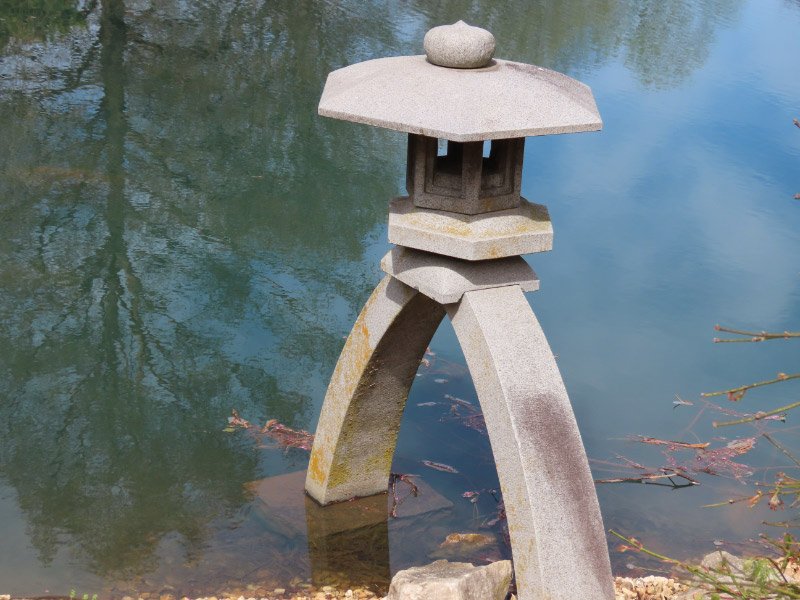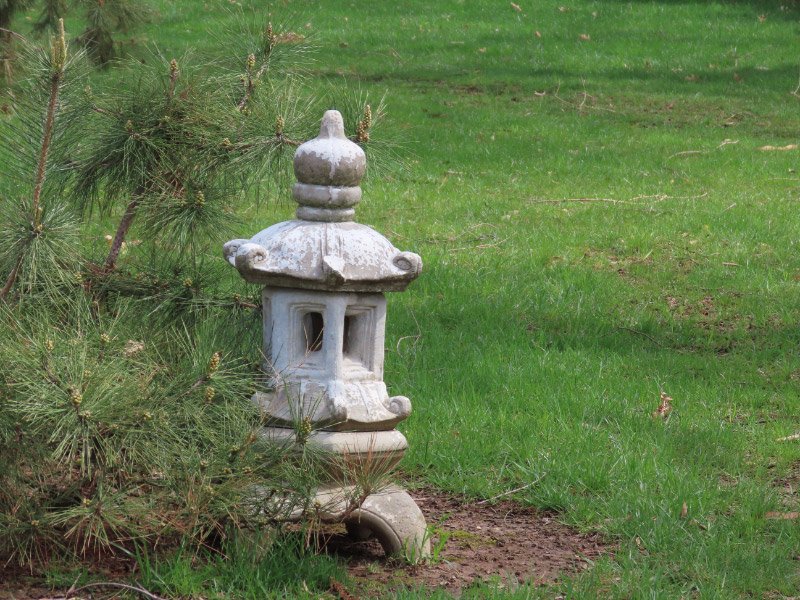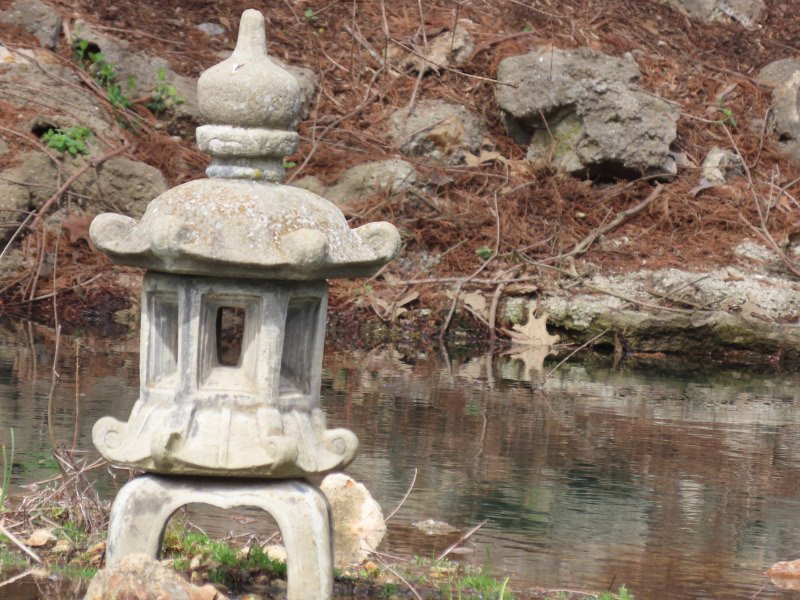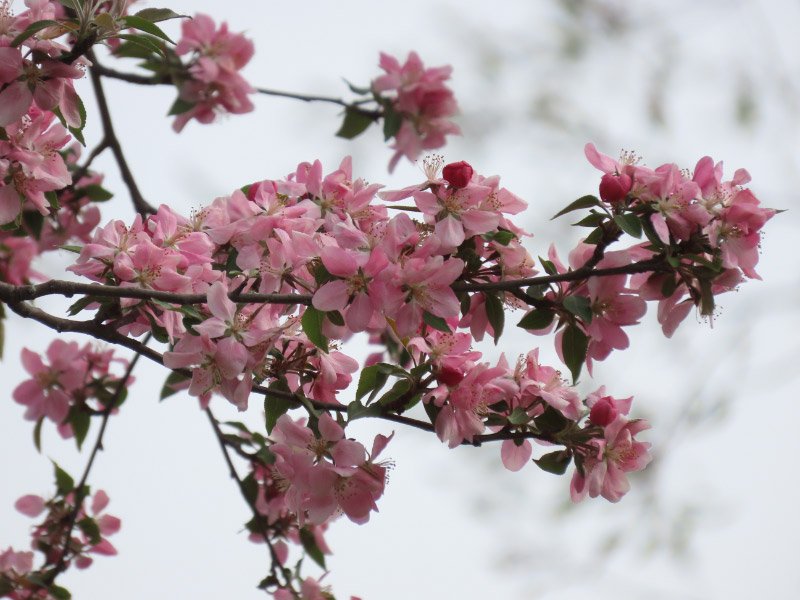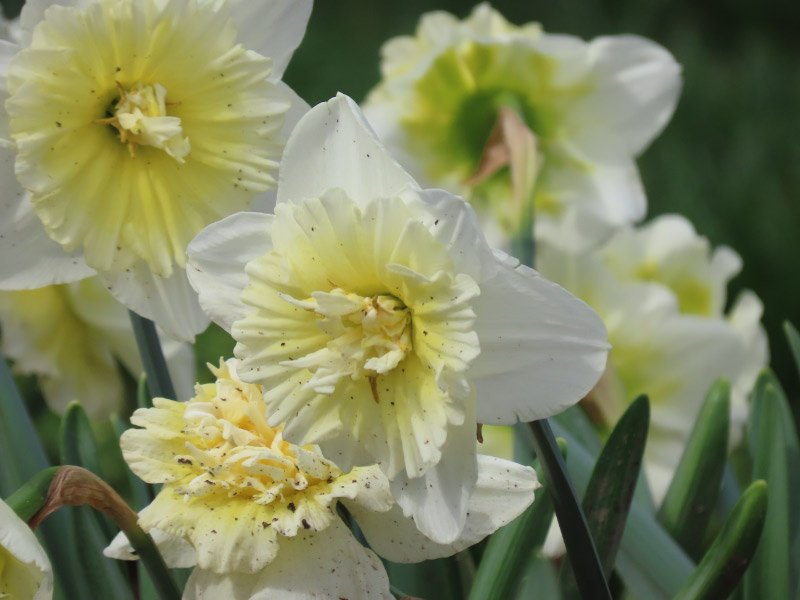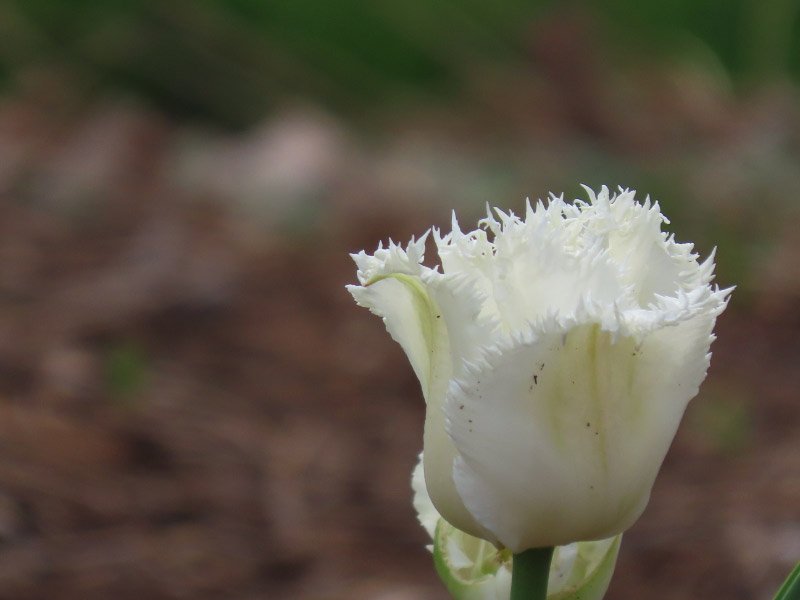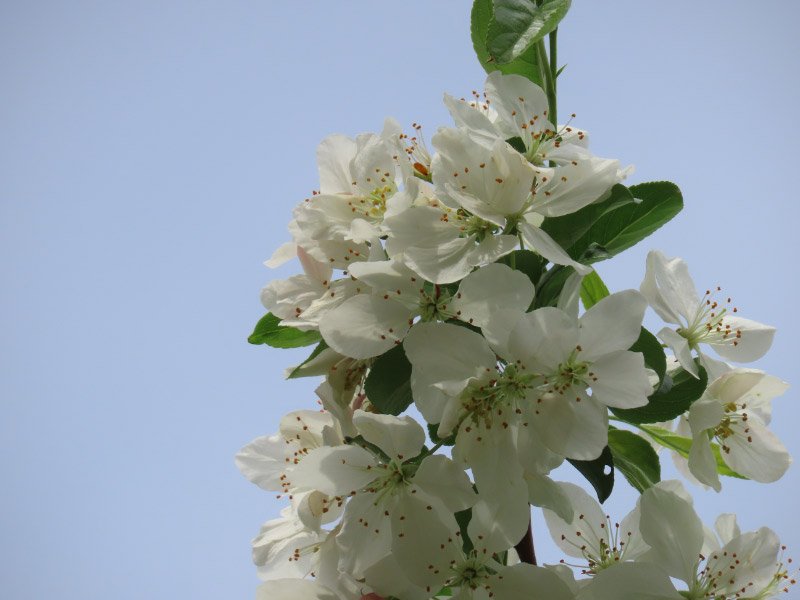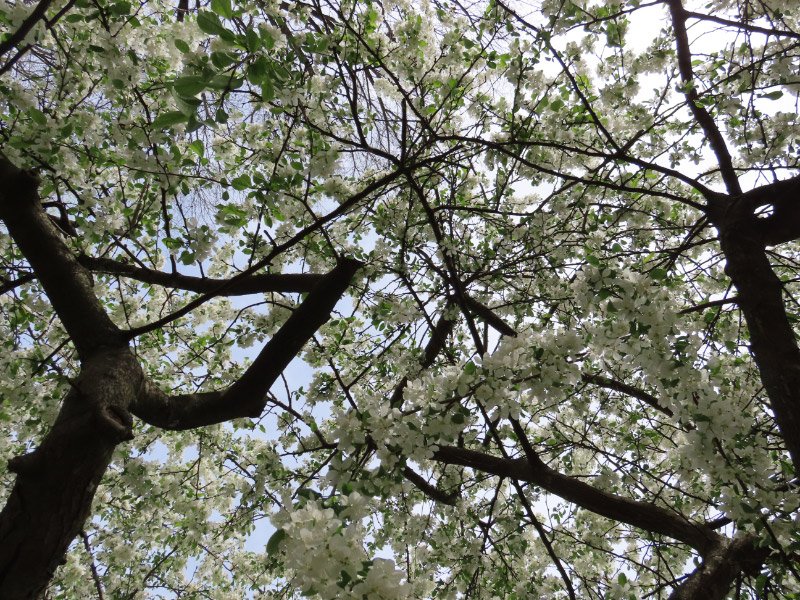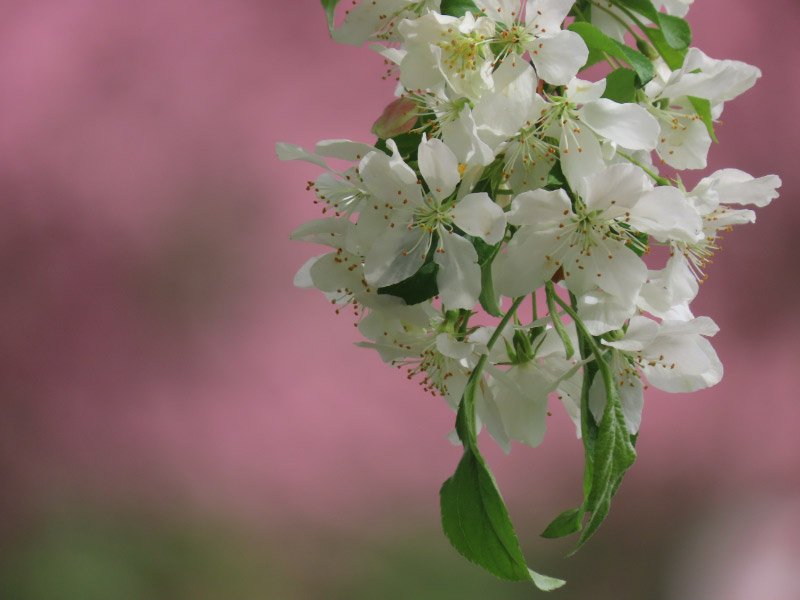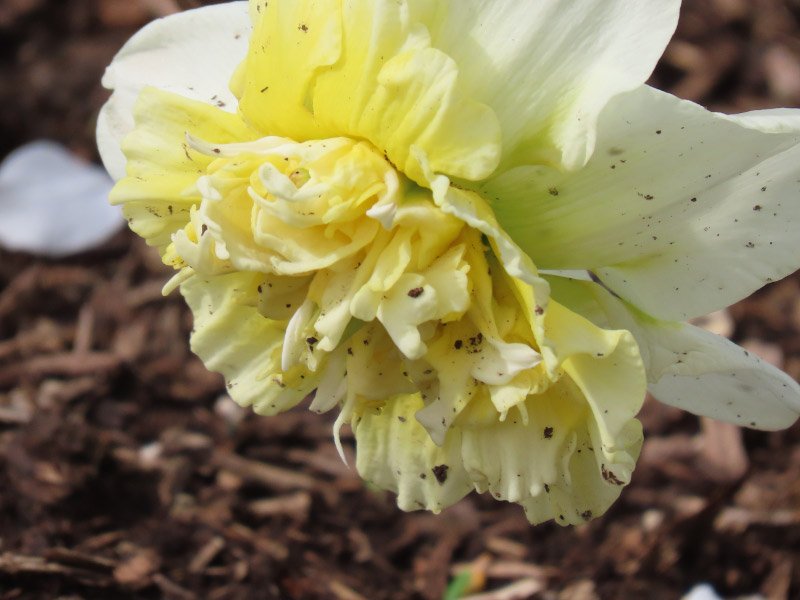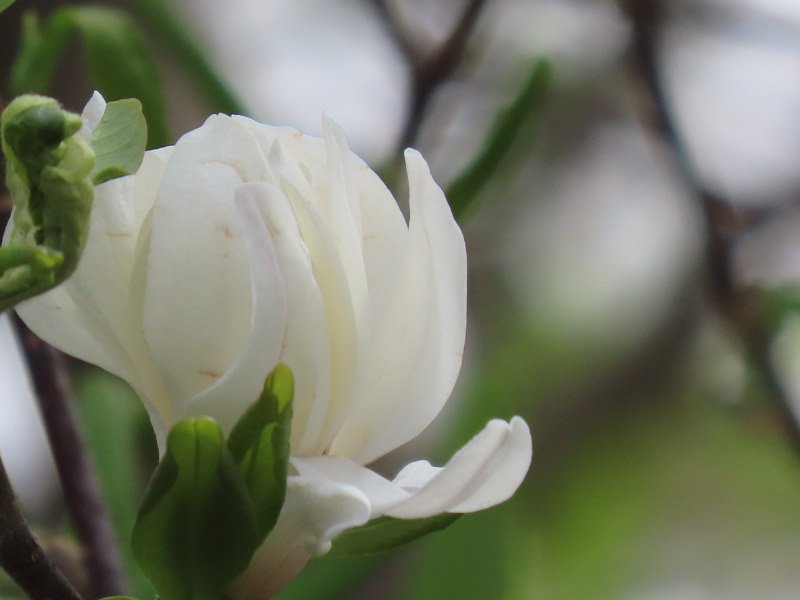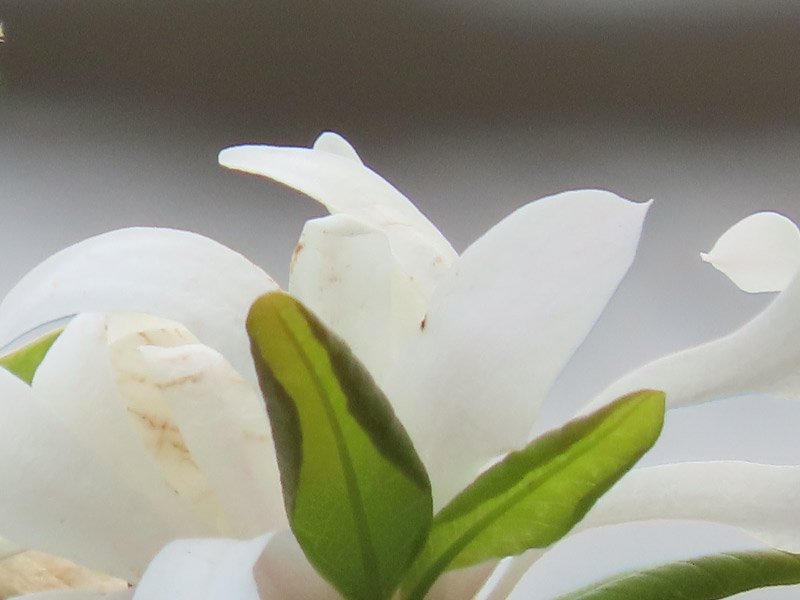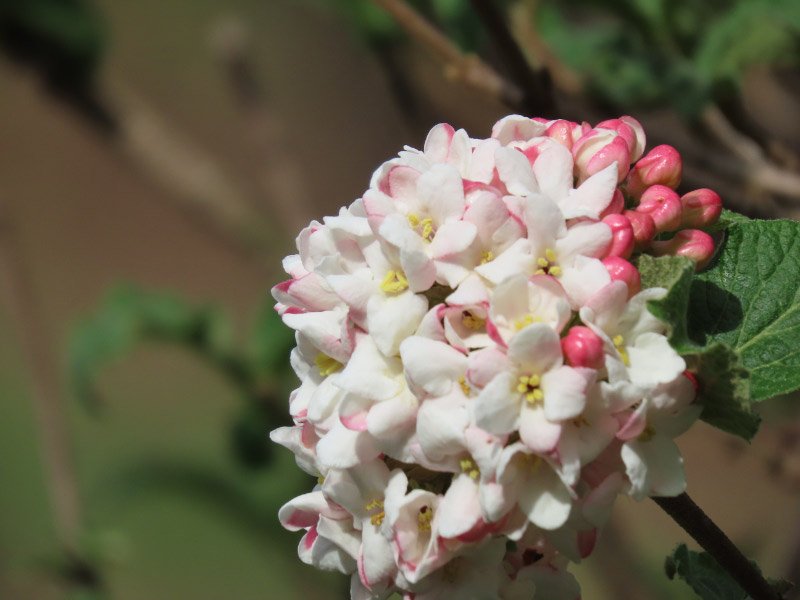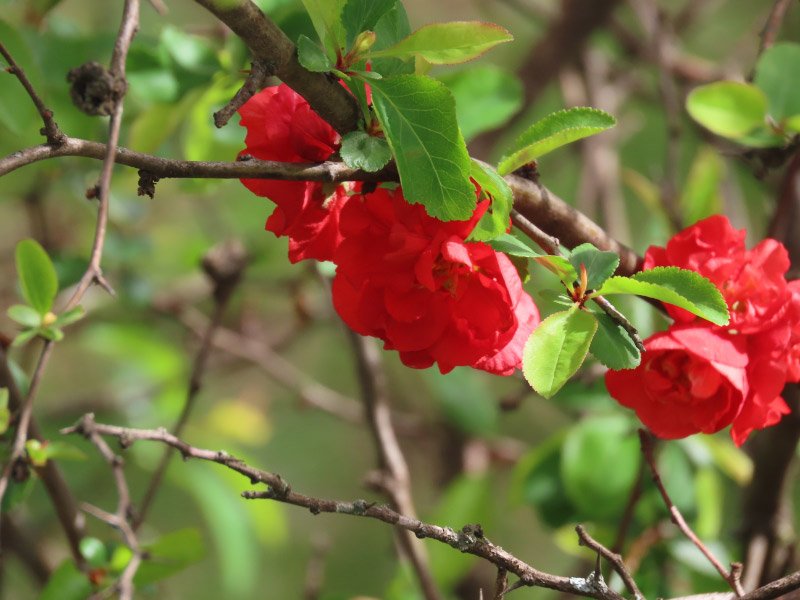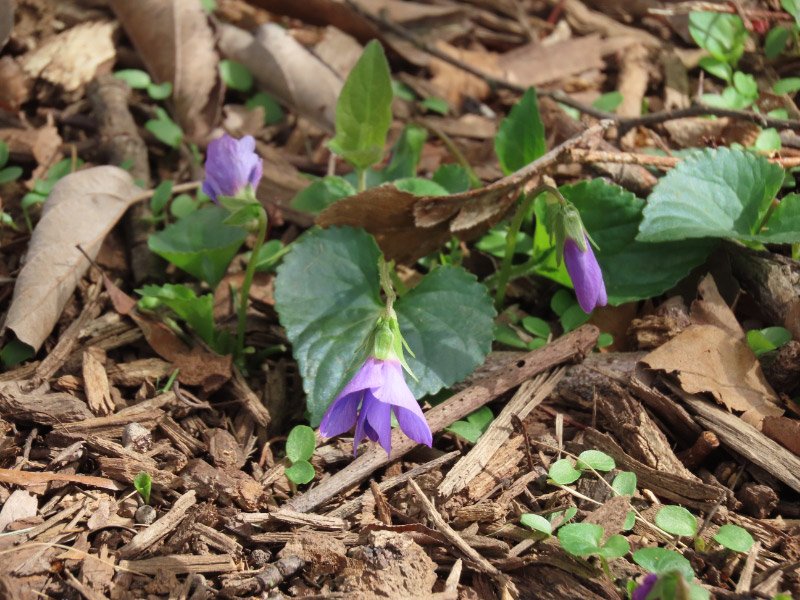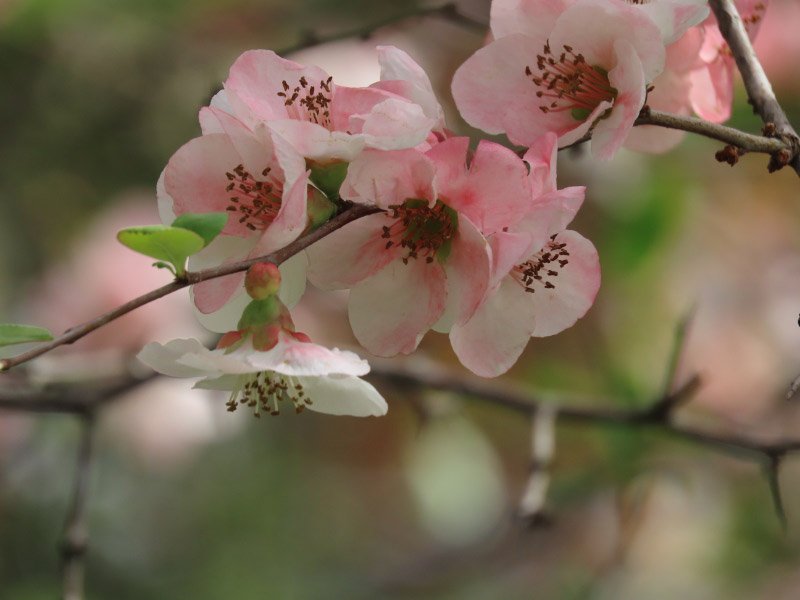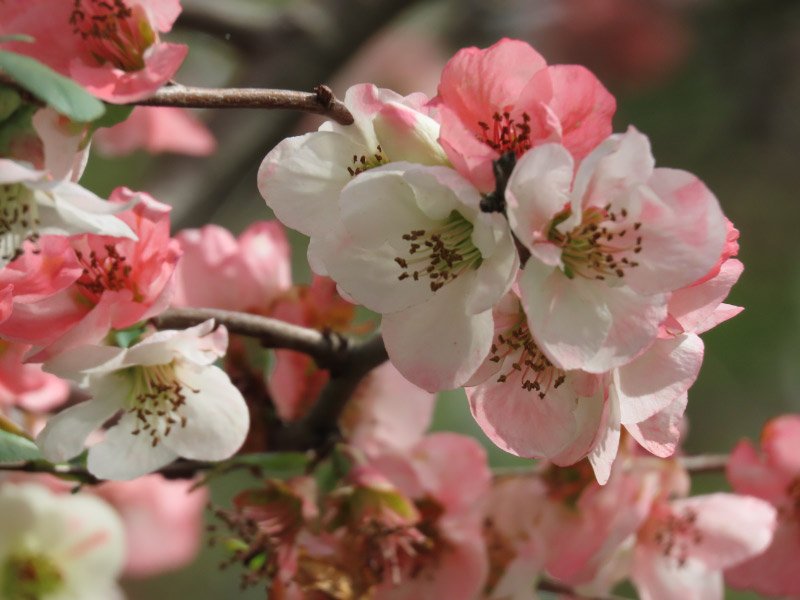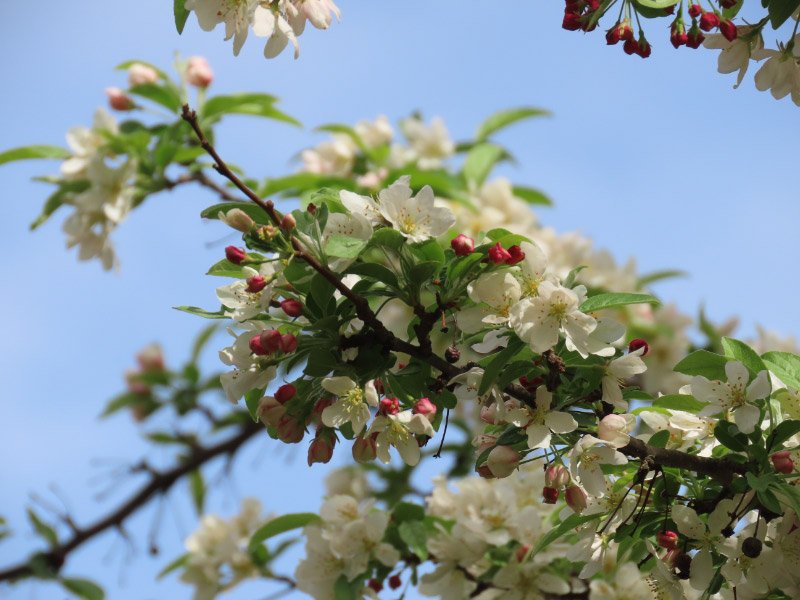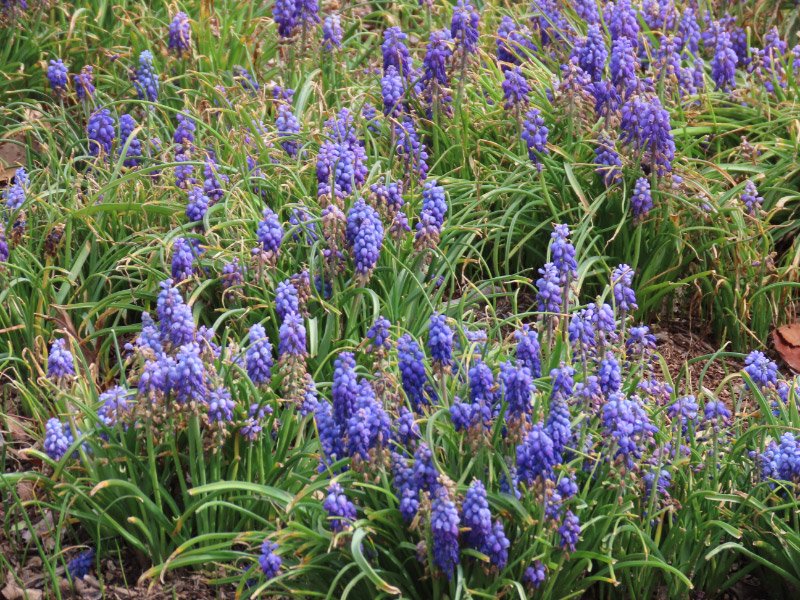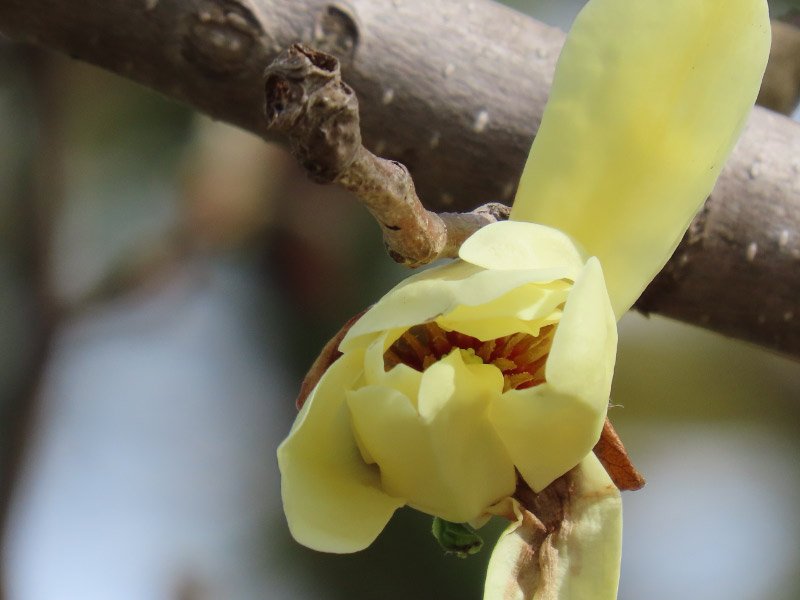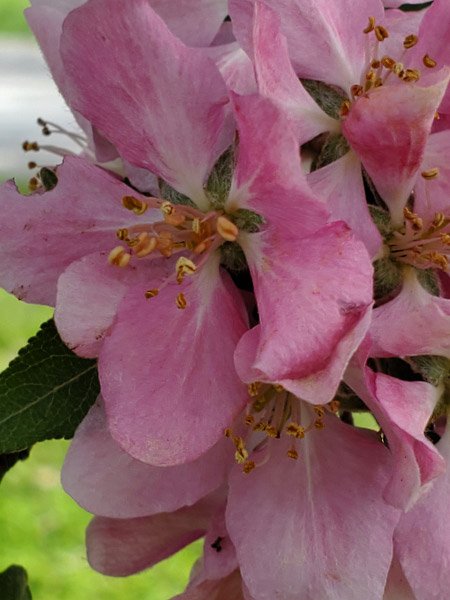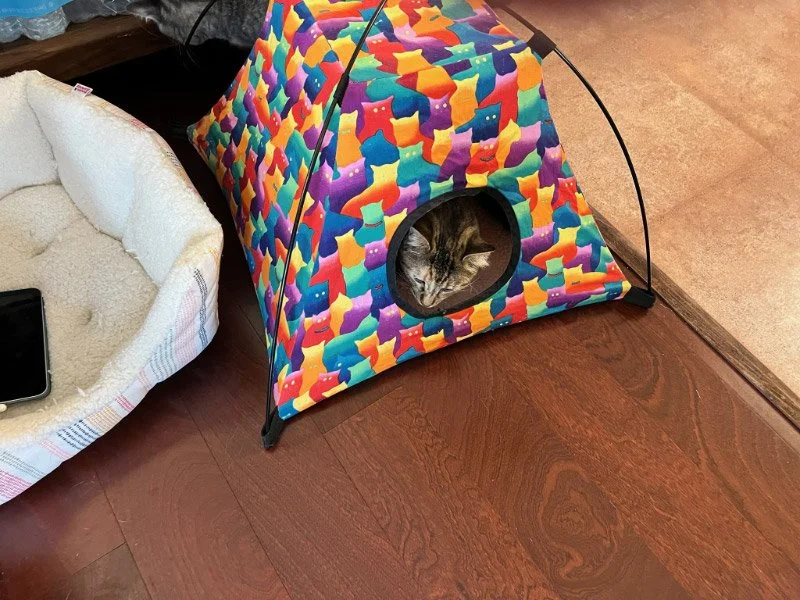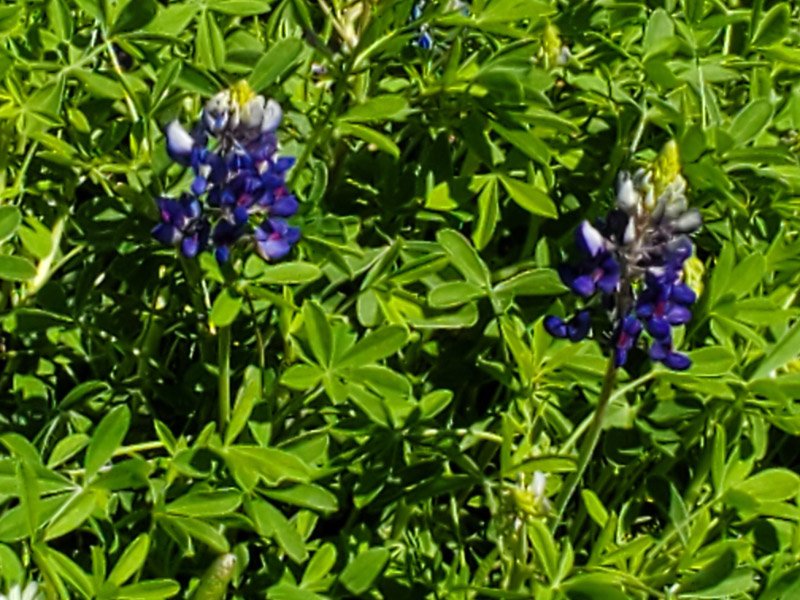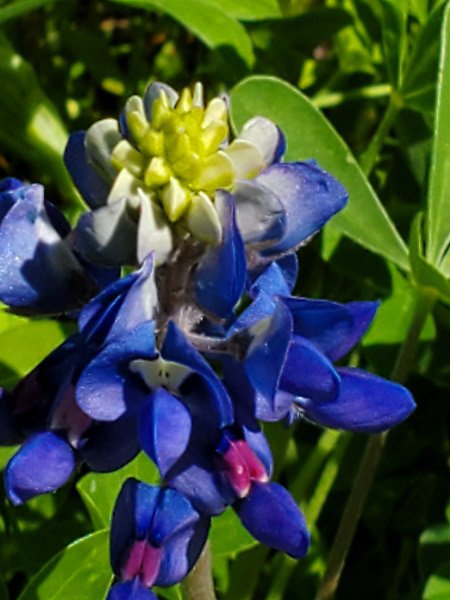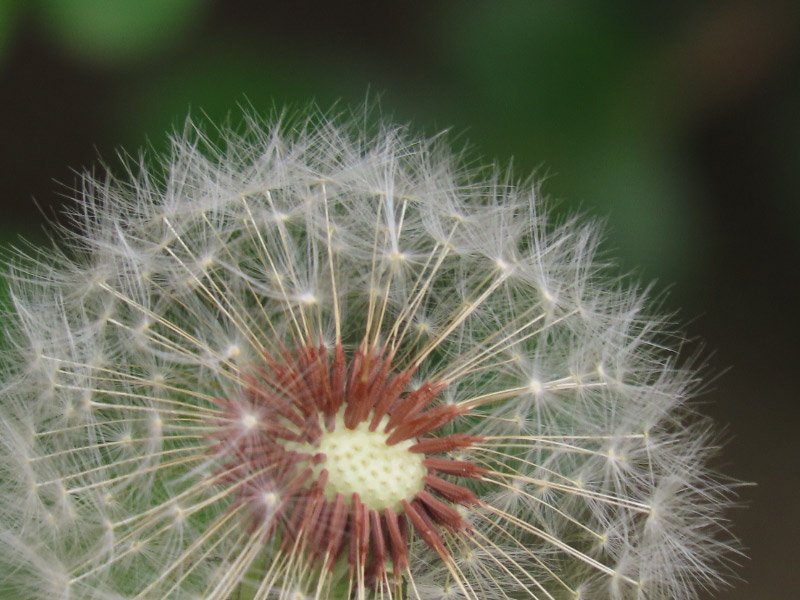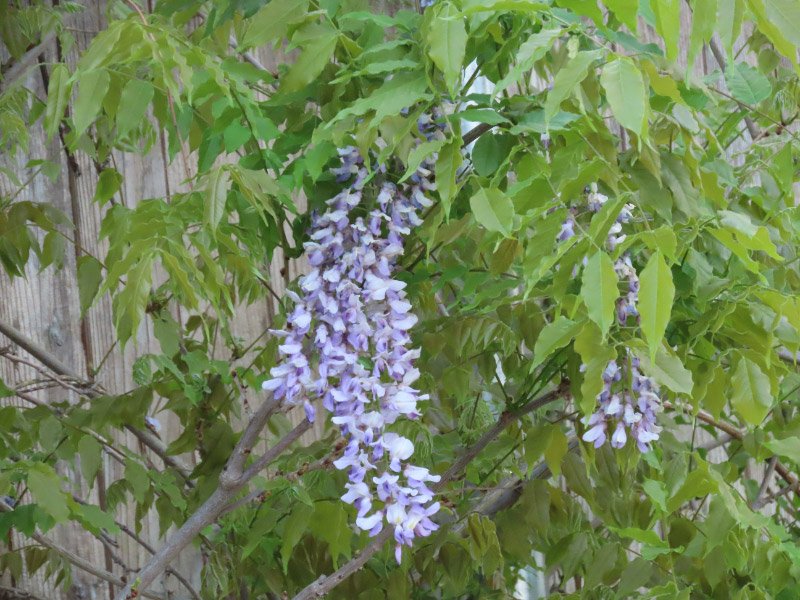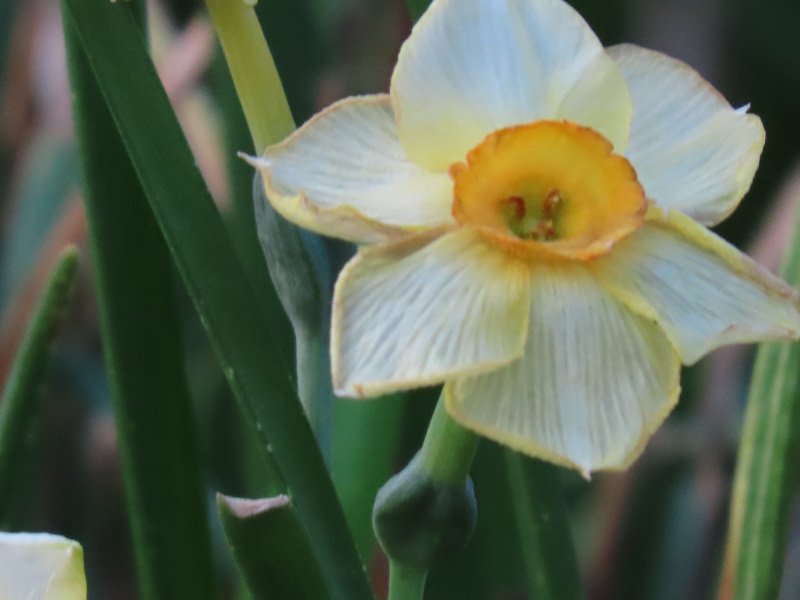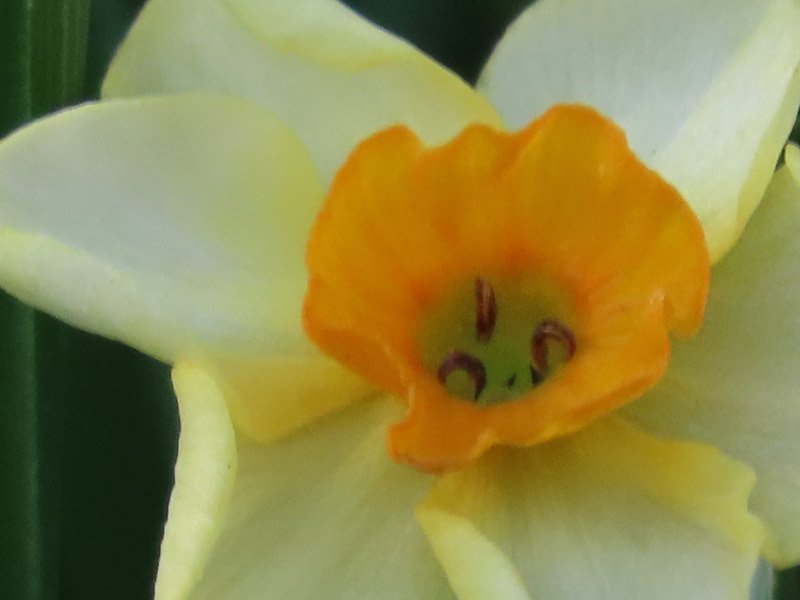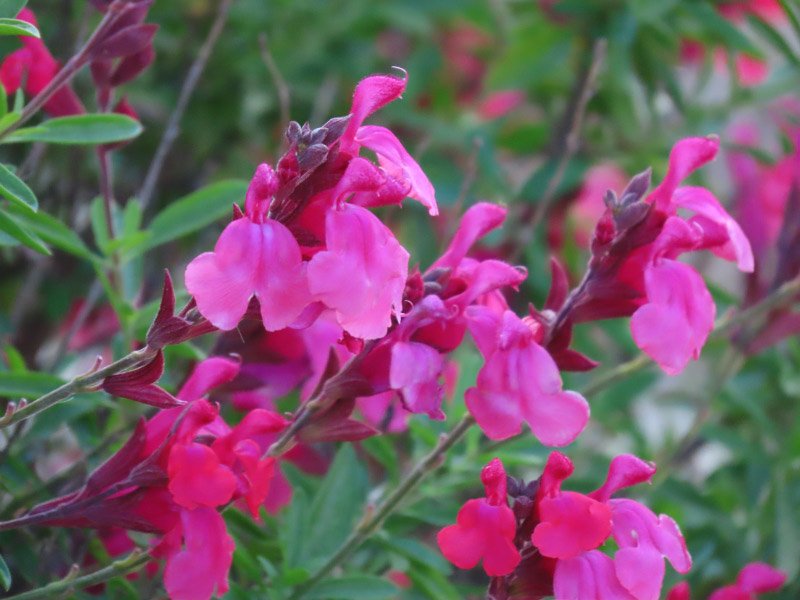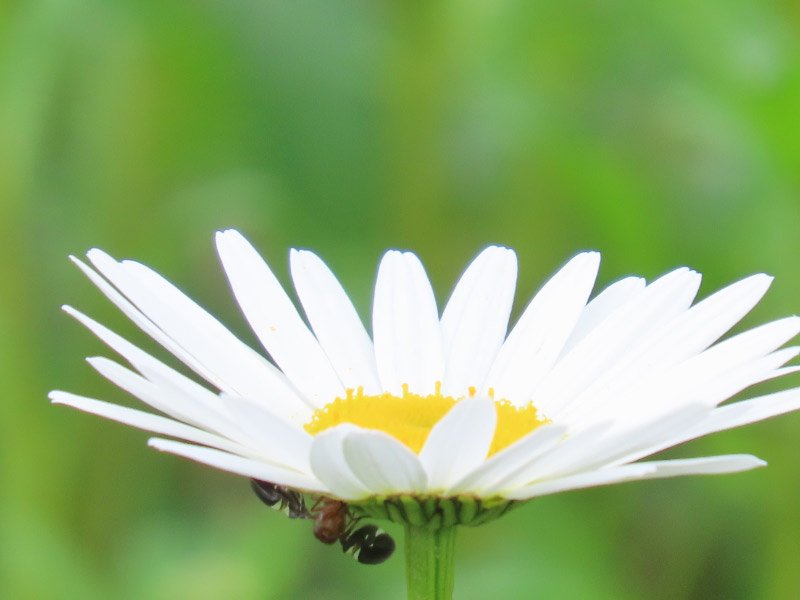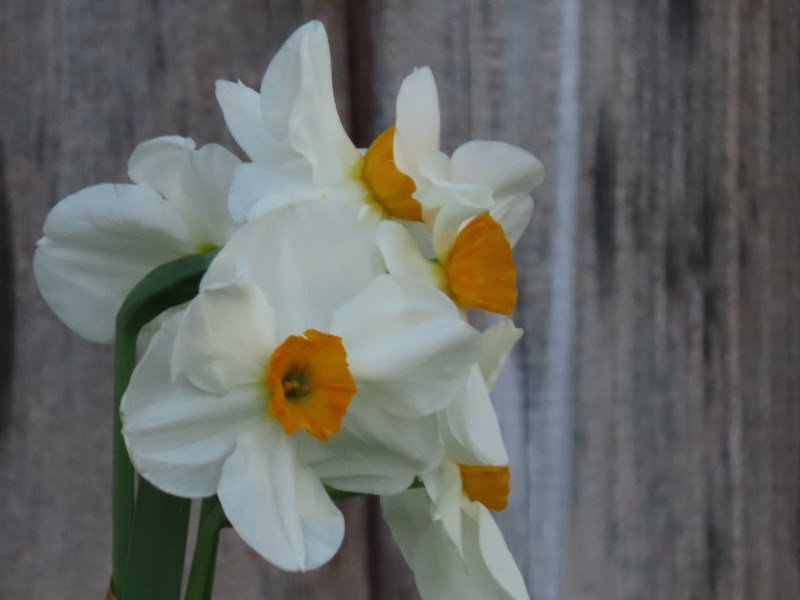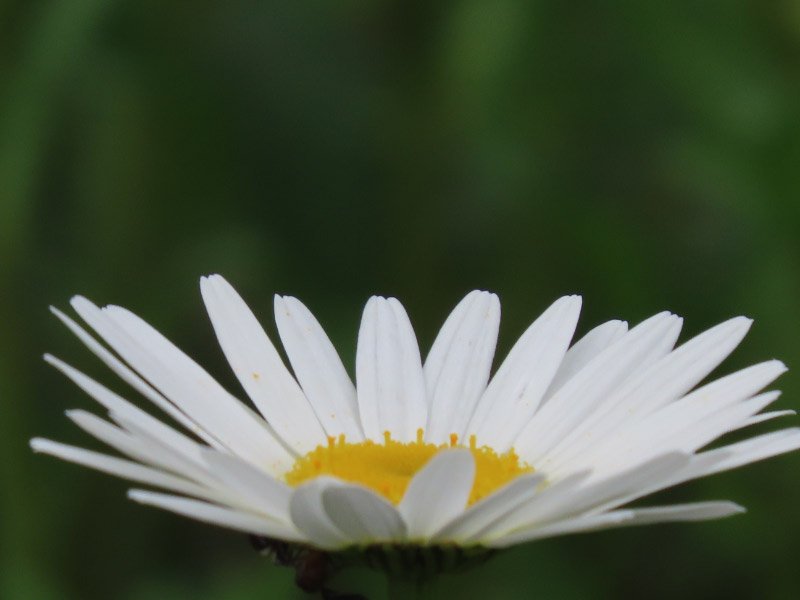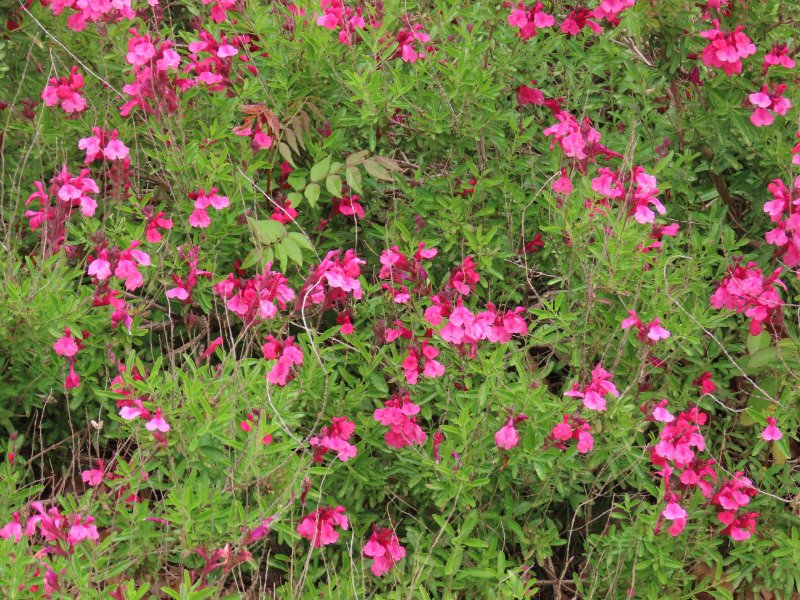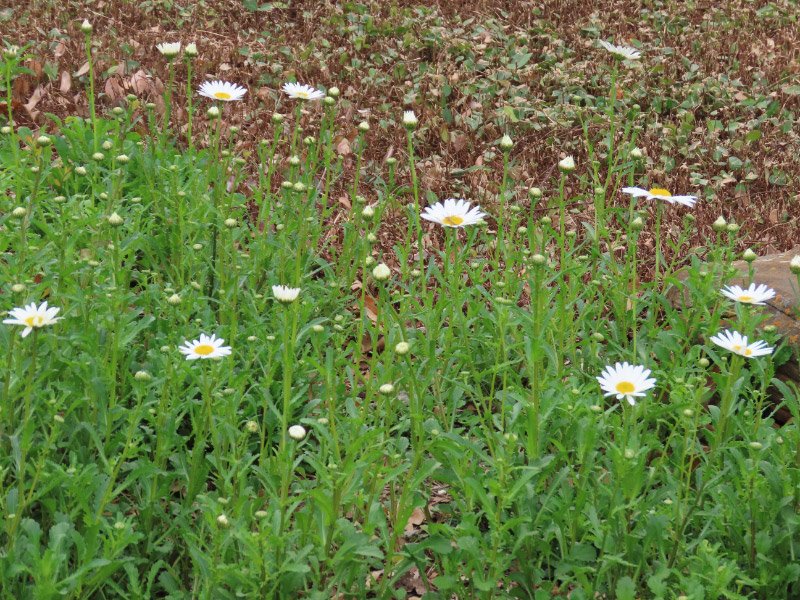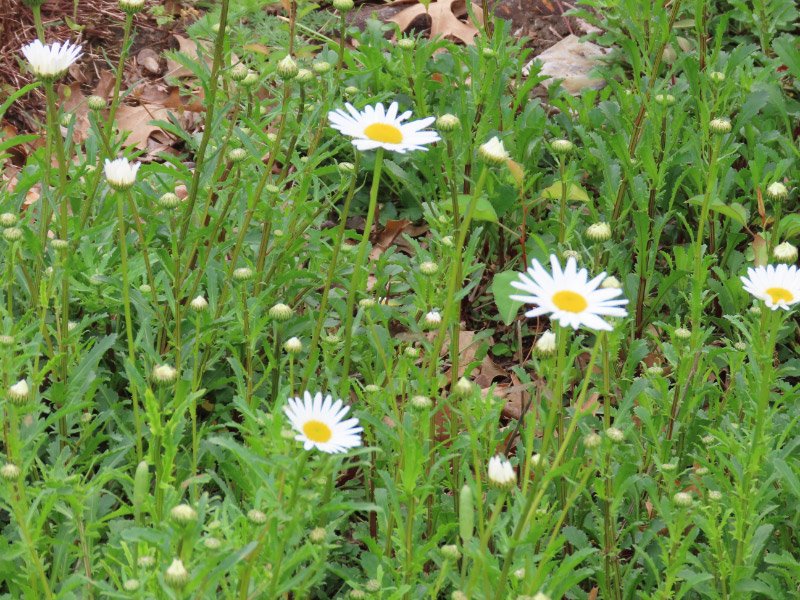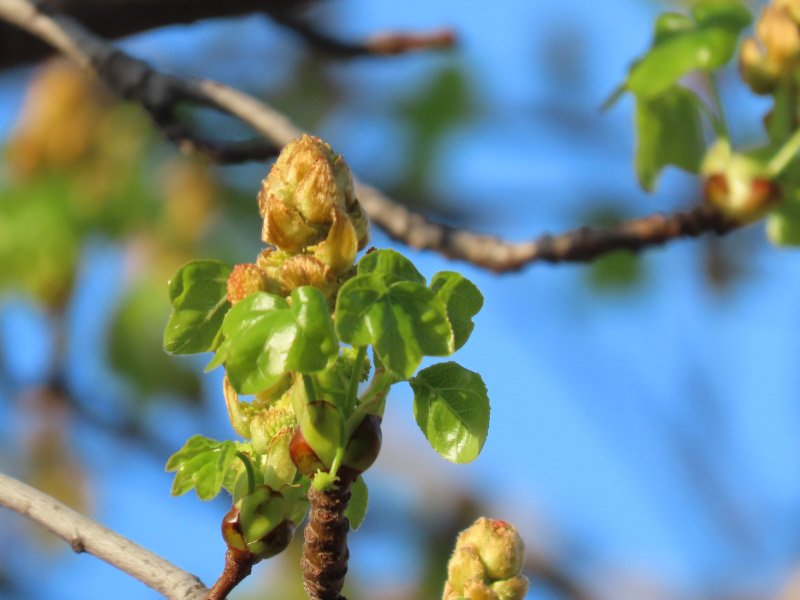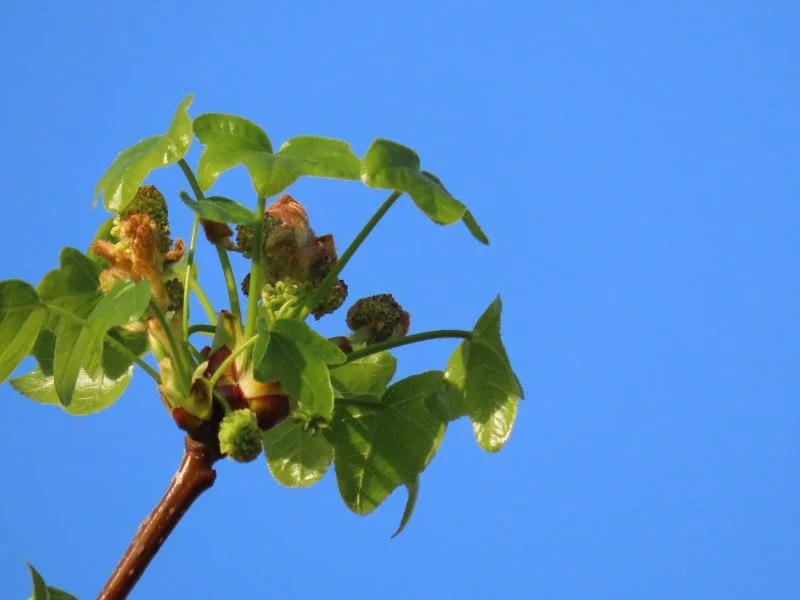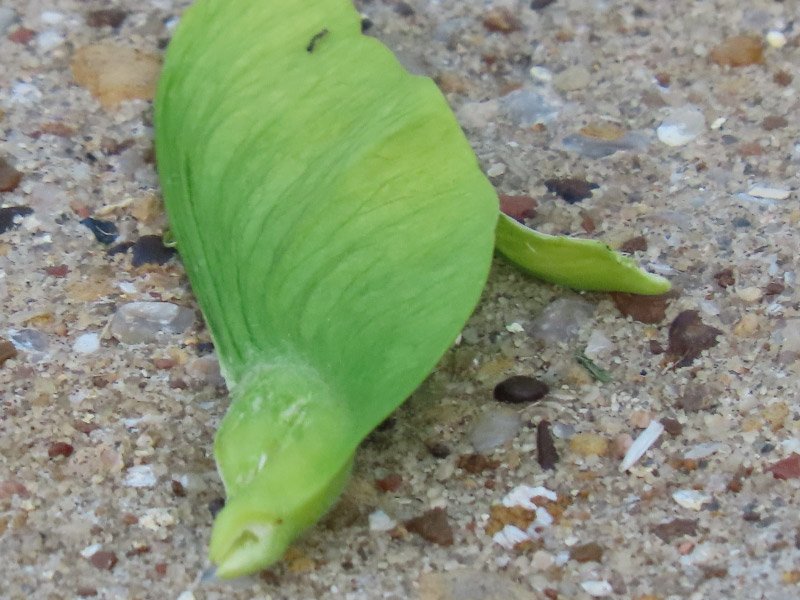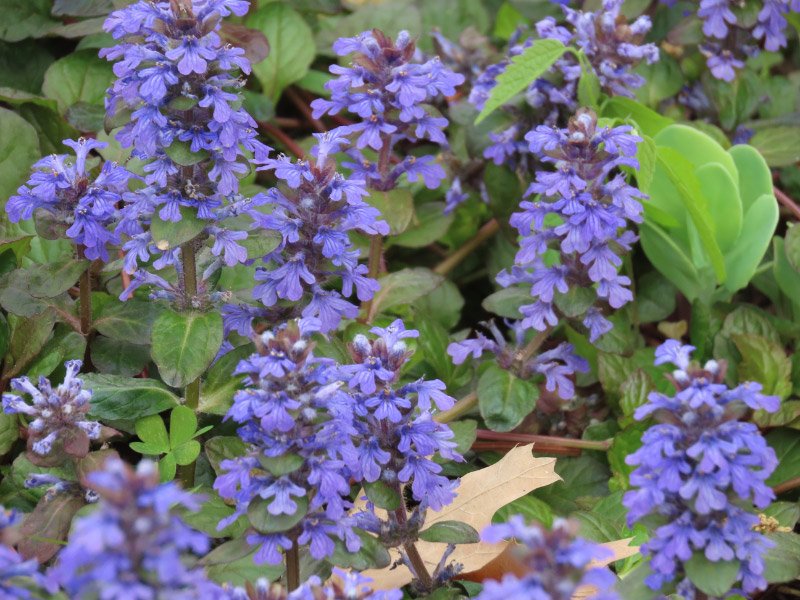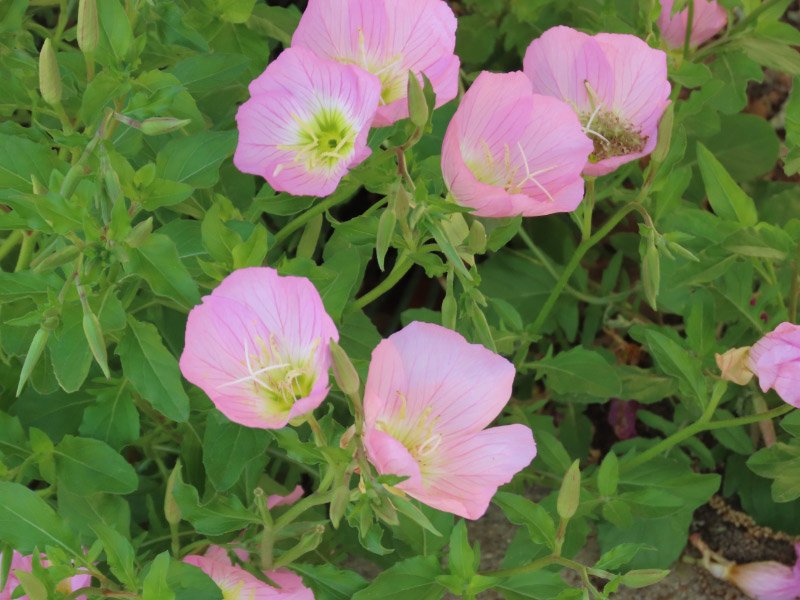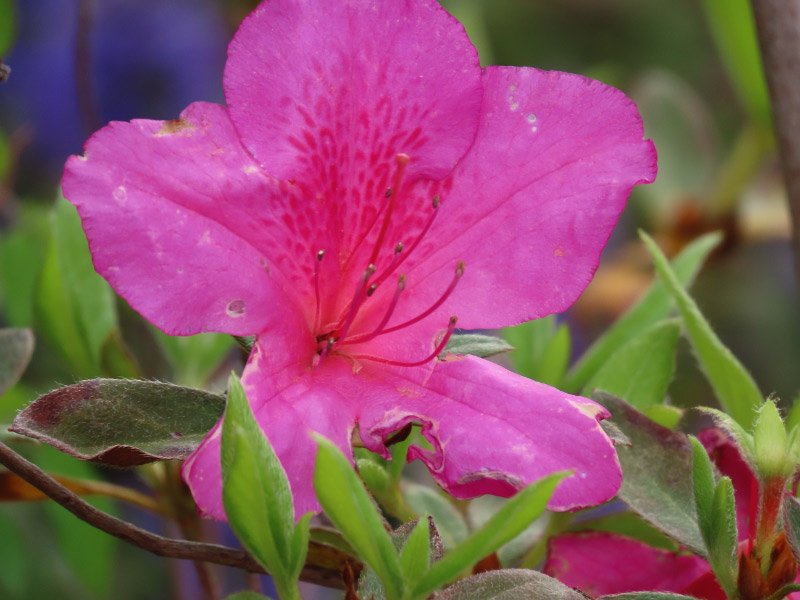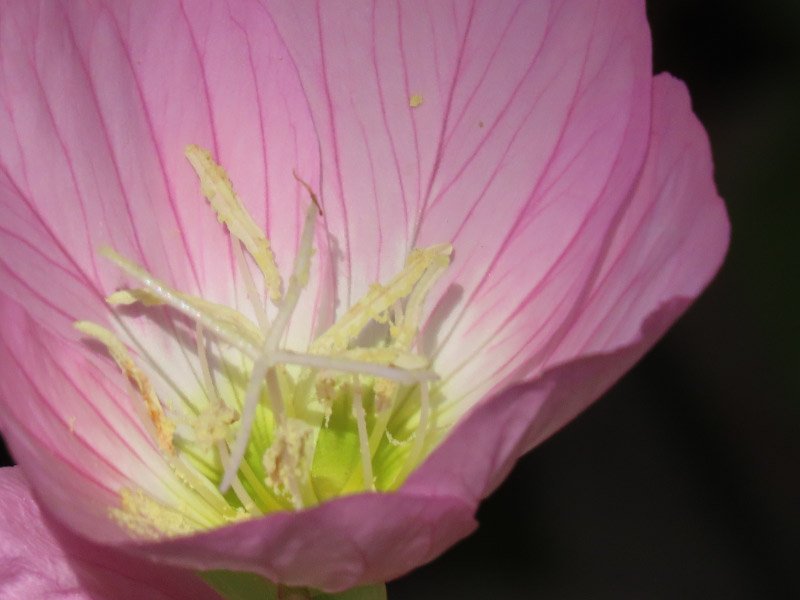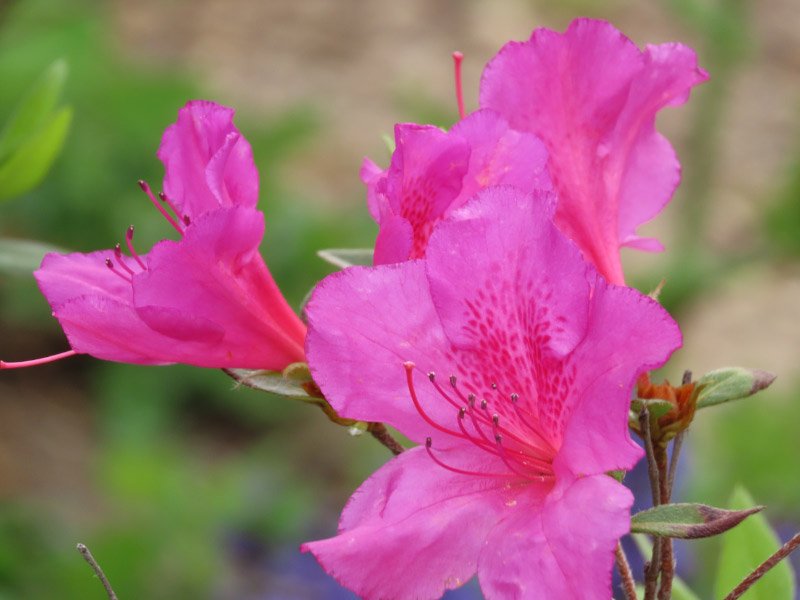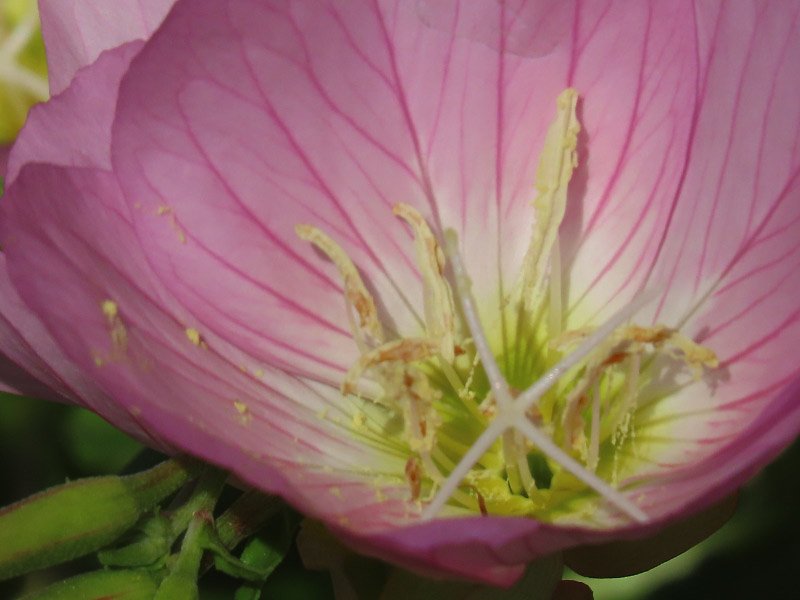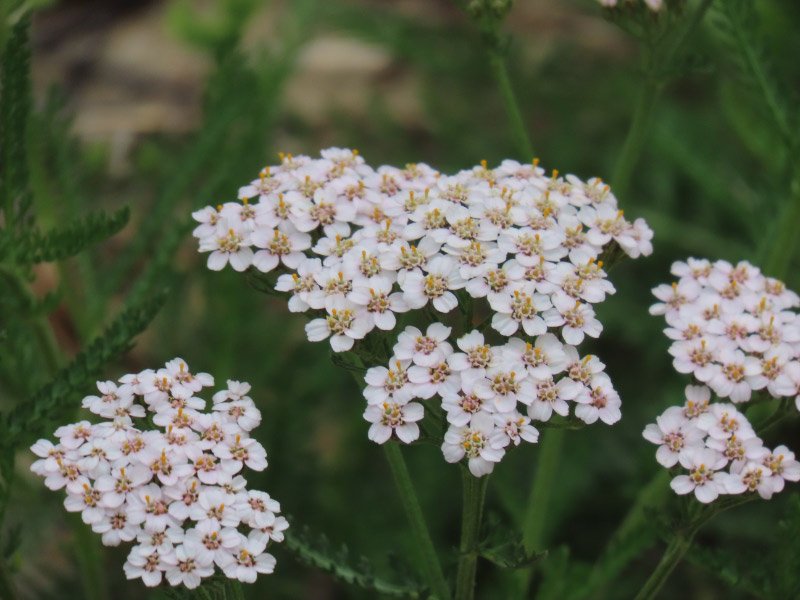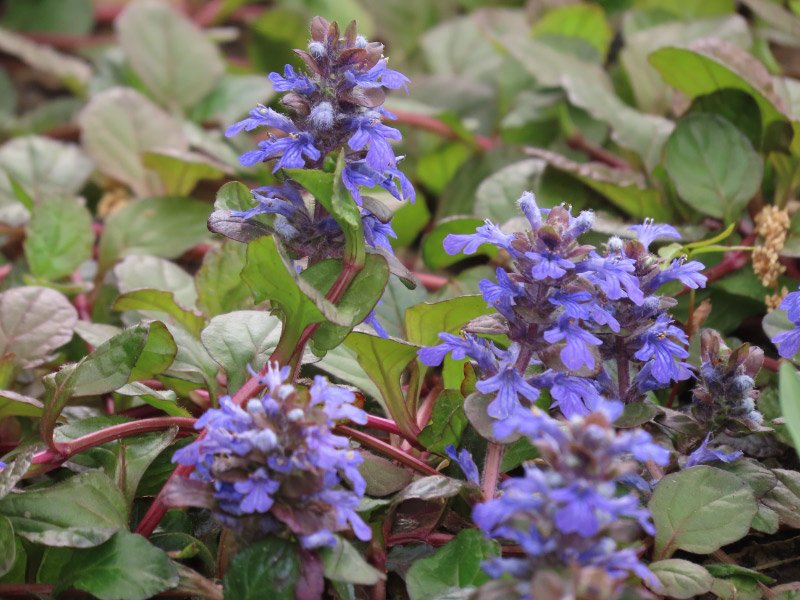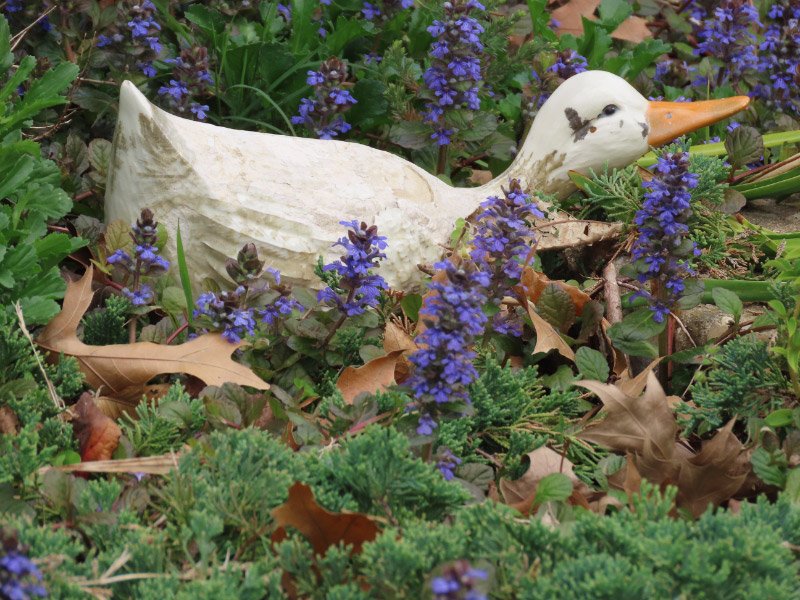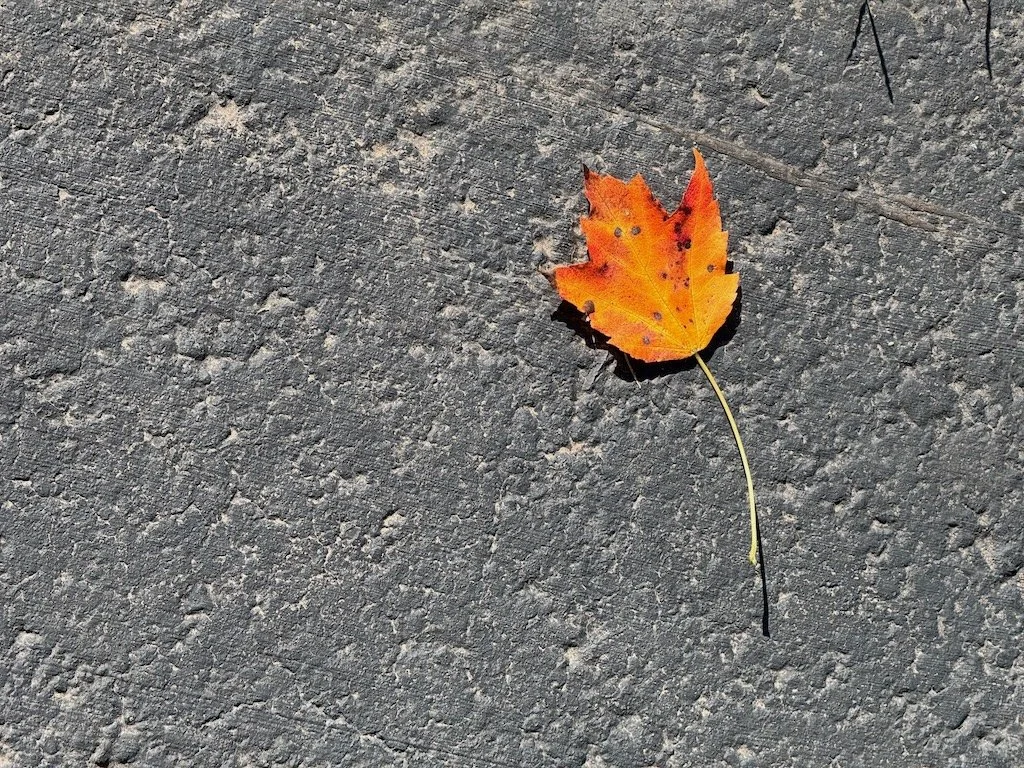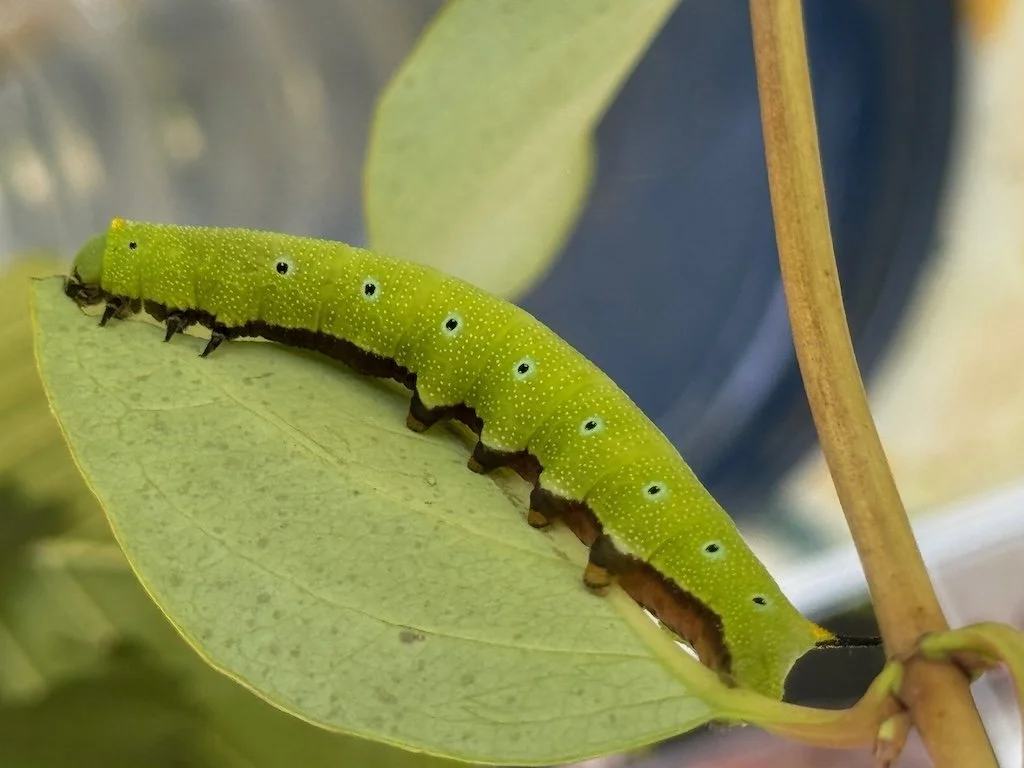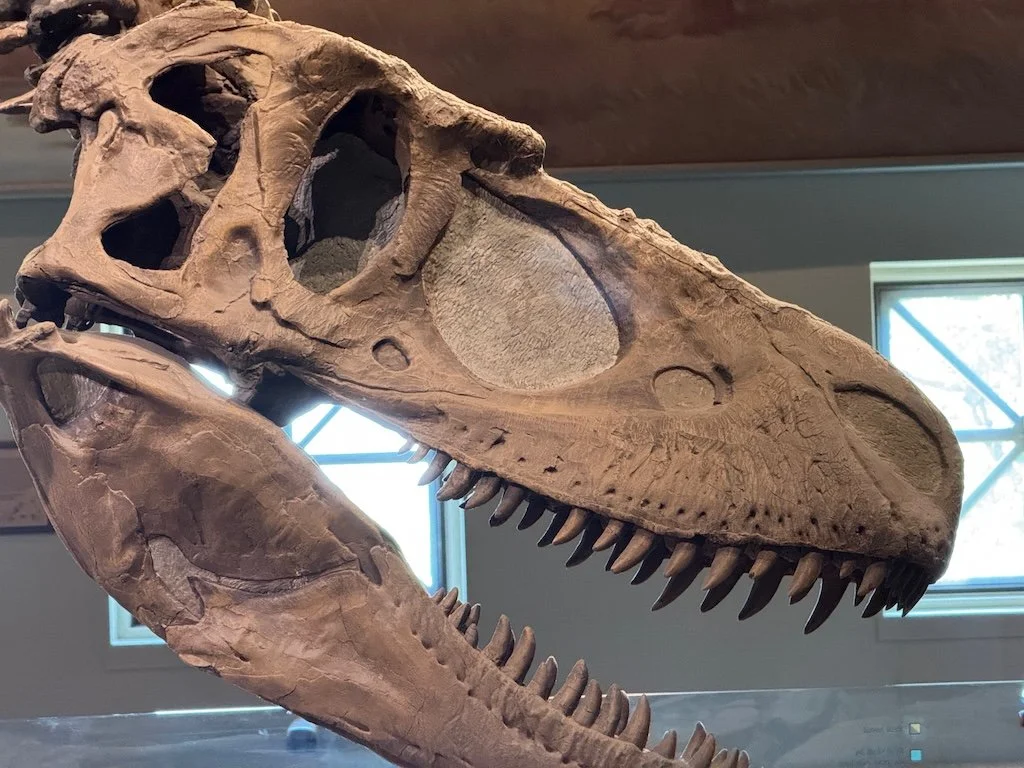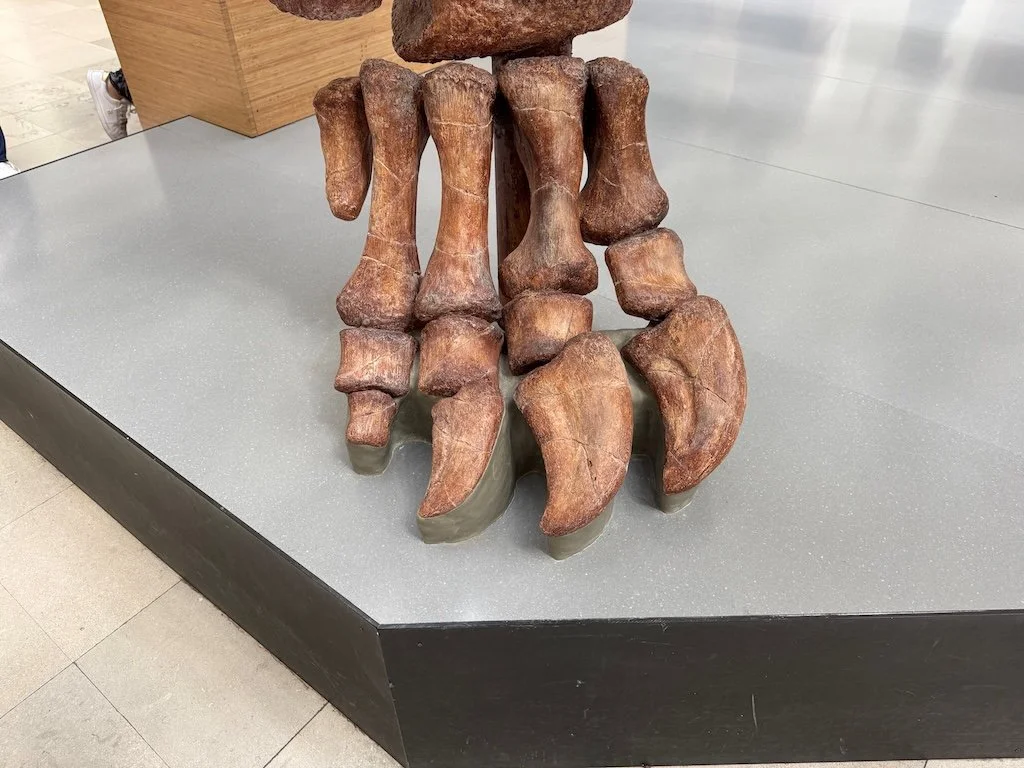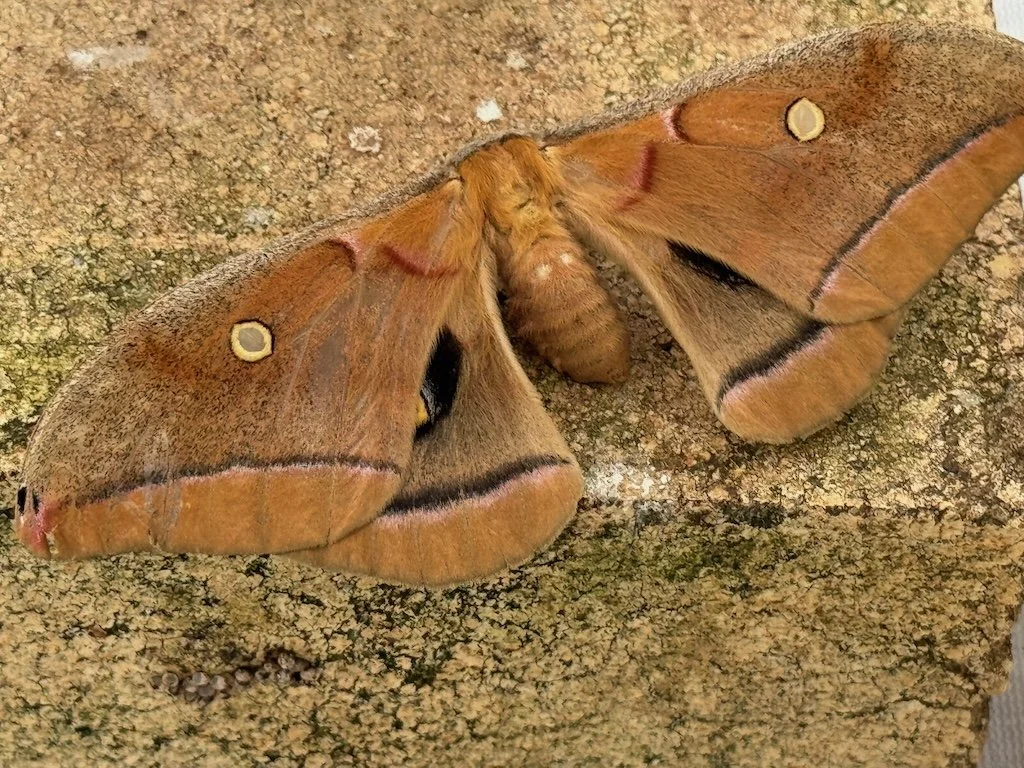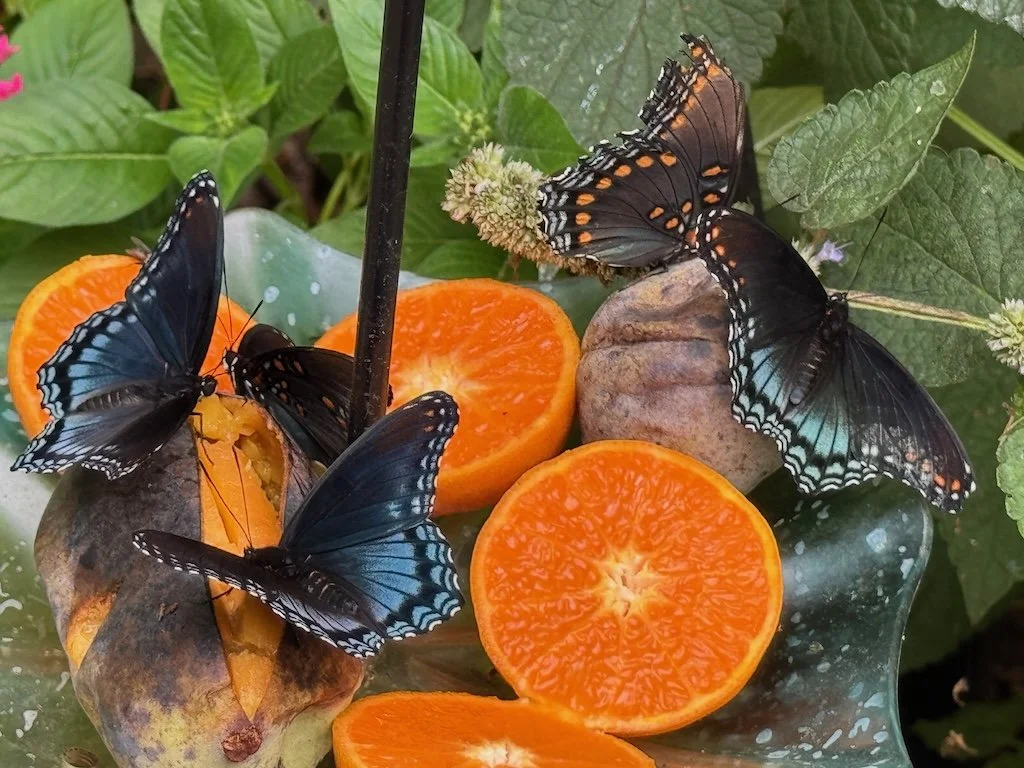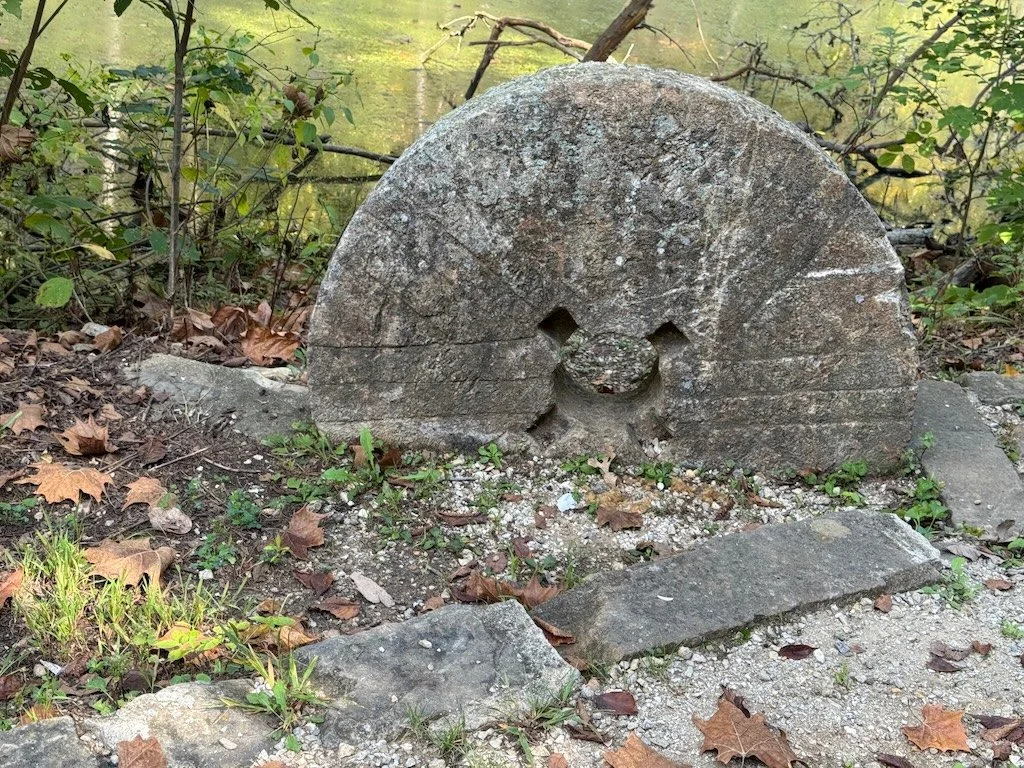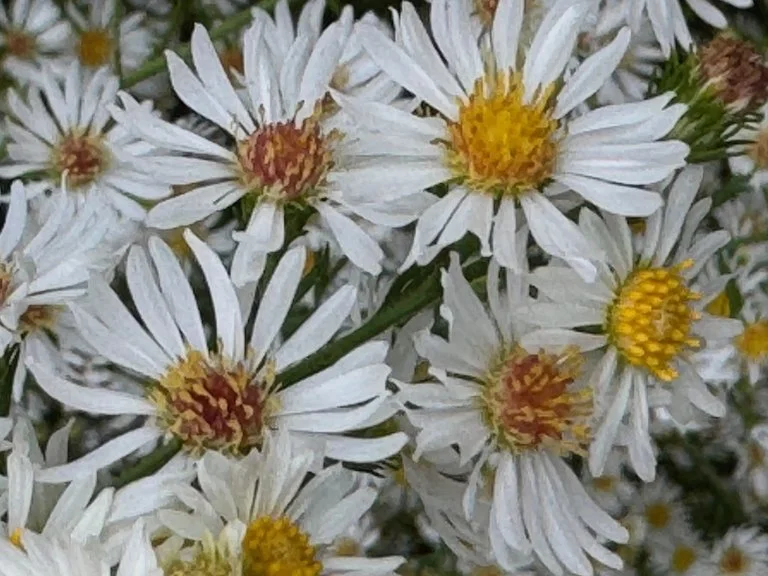Gleanings of the Week Ending April 29, 2023
/The items below were ‘the cream’ of the articles and websites I found this past week. Click on the light green text to look at the article.
Cold is beneficial for healthy aging, at least in animals – Research with nematodes and cultivated human cells. Both carried genes for ALS and Huntington’s disease. Cold actively removed protein clumps…preventing protein aggregation that is pathological for those diseases. The protease activator that caused the change was discovered…and the impact of temperature explored. Interestingly – “human body temperature has steadily declined by 0.03 degrees Celsius per decade since the Industrial Revolution, suggesting a possible link to the progressive increase in human life expectancy over the last 160 years.”
See Colorful Paintings of the Zodiac Signs from an Ancient Egyptian Temple – Ceiling paintings in a Ptolemaic temple…suggesting Greeks brought the zodiac tradition to Egypt.
Nearly 1,000 Acres Added to New River Gorge National Park and Preserve – The acres are in the Preserve part of the park. I have visited the park only once…passing through on one of my many trips between Maryland and Missouri. There is a lot to explore there!
Vehicle Exhaust Filters Do Not Remove “Ultrafine” Pollution – Aargh! No wonder there are so many yellow and red air quality days in our cities caused by particulates.
What it really takes for Asia to get to net zero – Home to 5 of the 10 largest emitters: China, India, Indonesia, Japan, and South Korea. An article posted ahead of the BBC’s Sustainability Summit in Singapore. "The perception of higher cost for sustainability practices remains," says An (chief sustainability officer of City Developments Limited in Singapore). "But companies are starting to wake up to the fact that achieving climate goals is an "investment, not a cost."
Thread-like pumps can be woven into clothes – My first thought was maybe these will be commonplace in clothes – enabling us to work outdoors even on very hot days.
Sabertooth cat skull newly discovered in Iowa reveals details about this Ice Age predator – Almost as iconic as dinosaurs when it comes to childhood curiosity about extinct animals. One piece of trivia about modern cats: 40% of lion skulls in a study had survived head trauma to hunt another day. One of the ‘sabers’ of the Iowa Sabertooth was broken not that long before it died…might have even caused its death. Prey fights back…the predator does not always ‘win.’
Europe's unique trials in food 'social security' – Two projects: Montpellier, France and Brussels, Belgium. Run by collectives. The idea that quality, nutritious and organic food should be accessible to everyone. Each citizen receives a monthly allowance enabling them to buy food meeting certain environmental and ethical criteria. The trials are running for 12 months. The big challenge is changing the way society thinks about food.
The Beauty of Bugs – The picture at the beginning of the article jogged my memory – of the necklace made from insect exoskeletons I saw at the Edge of Cedars State Park Museum when I visited Utah in 2013! I posted about it and took a picture back then…and am pleased to learn more about it and the possible implication it might have re the Basketmaker II culture.
Scientists discover a way Earth’s atmosphere cleans itself – It’s surprising that we don’t know more about how the Earth’s atmosphere works!





